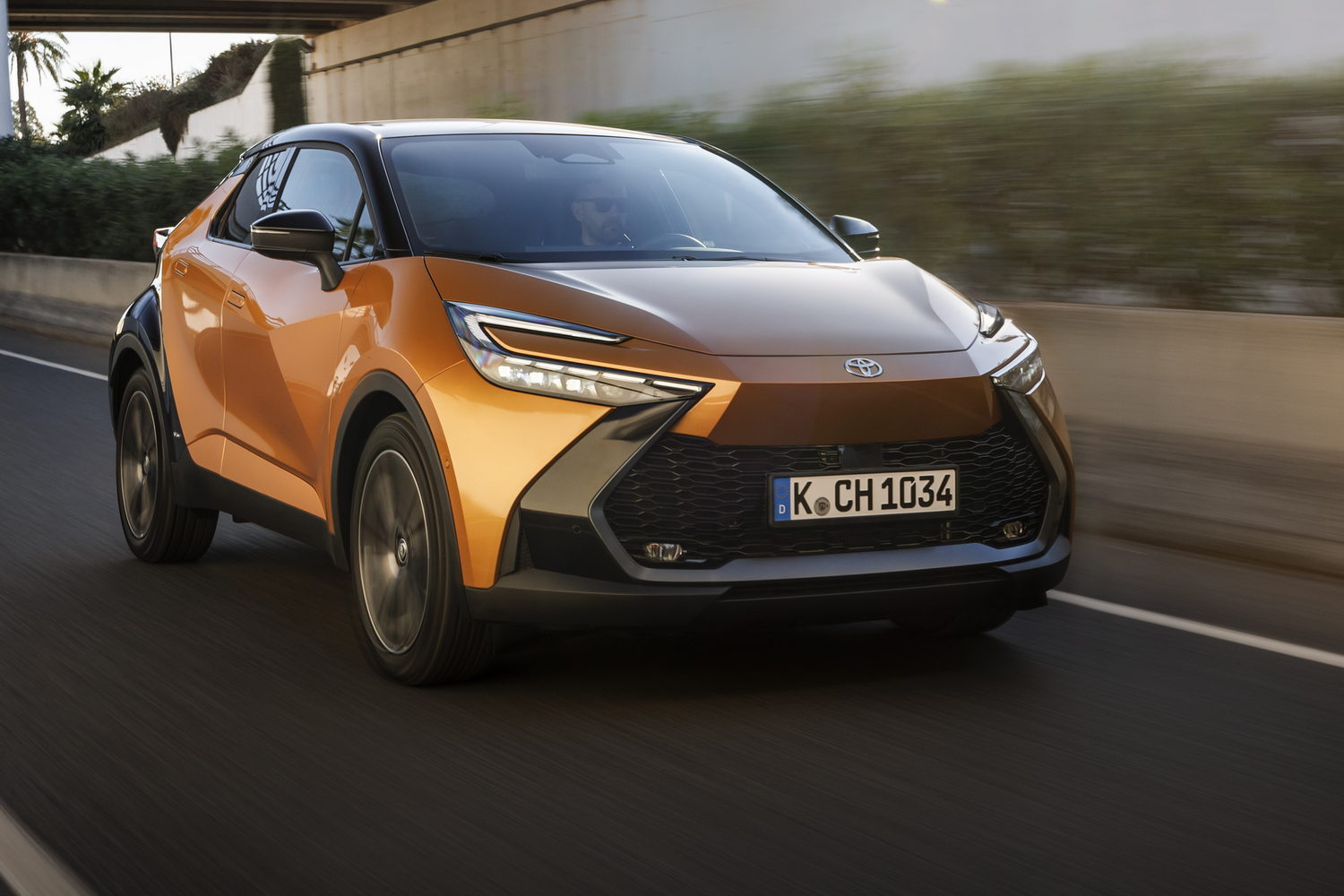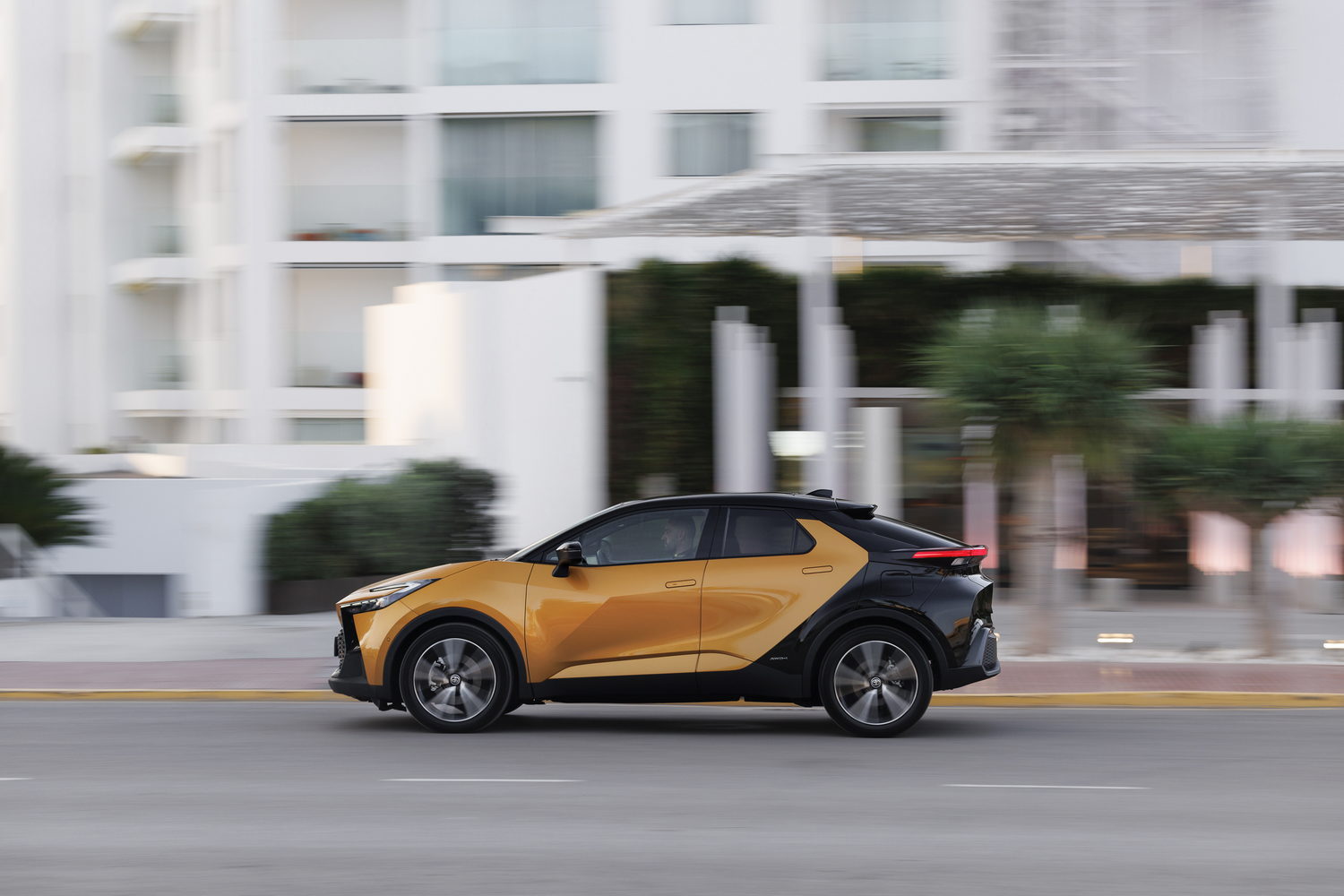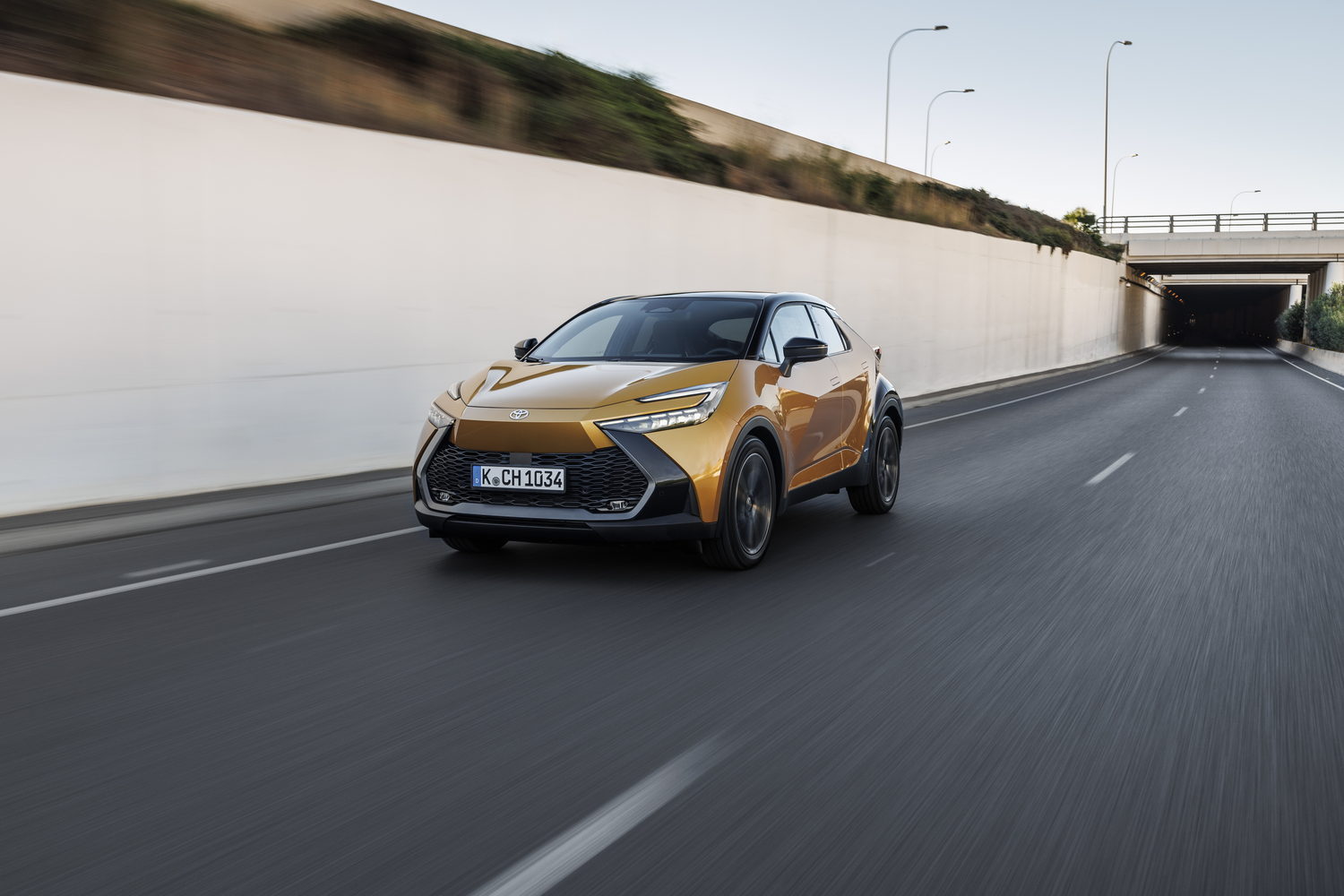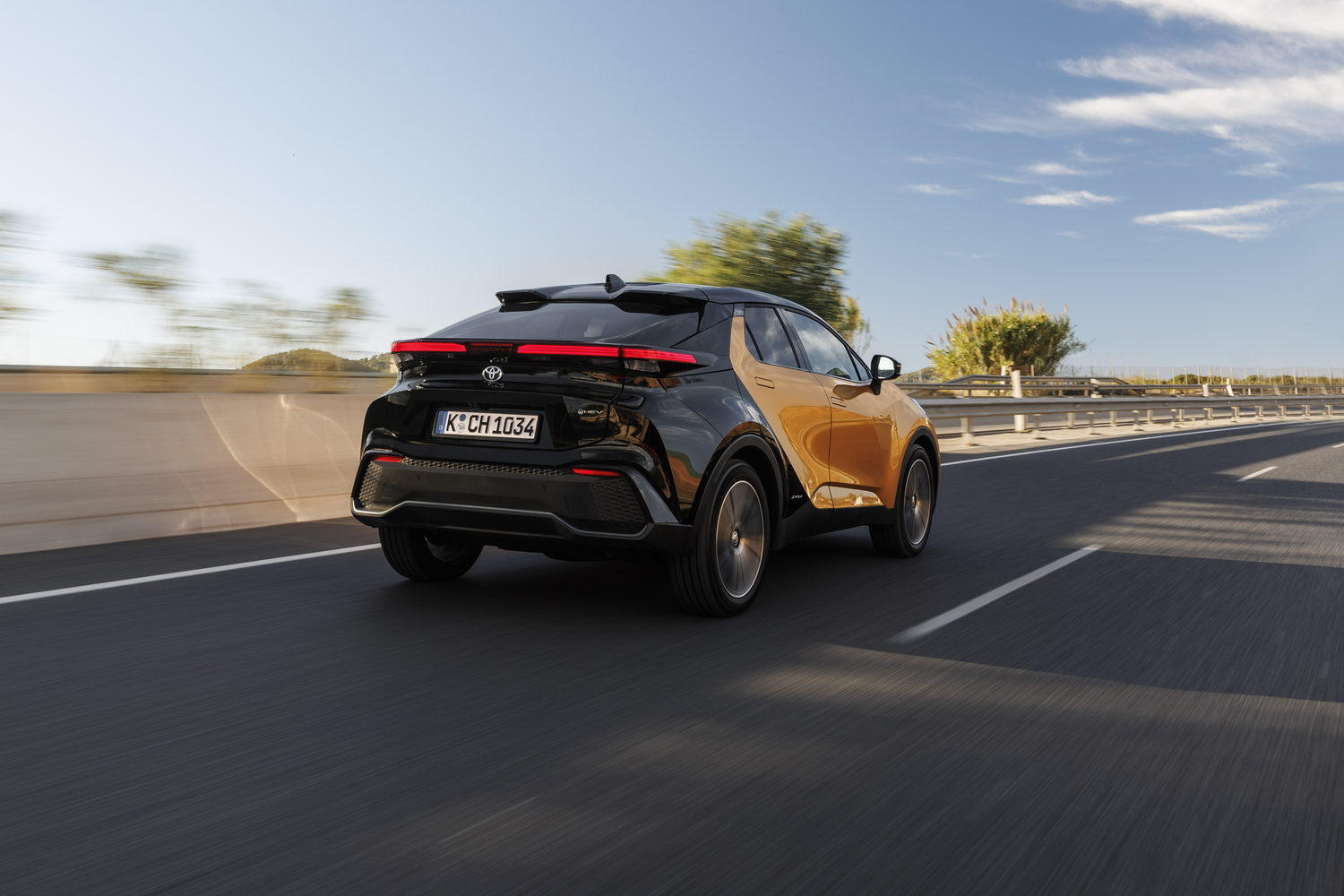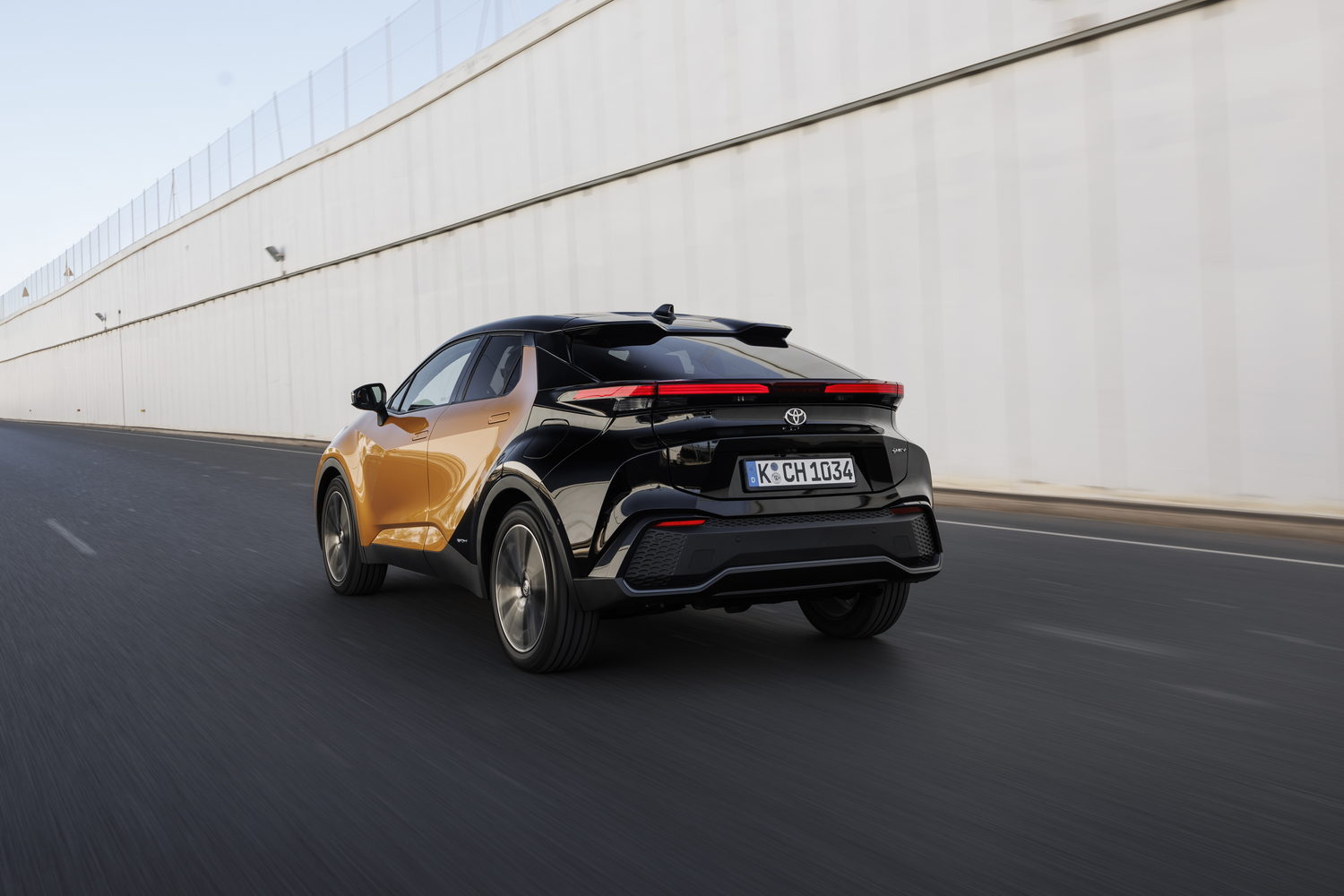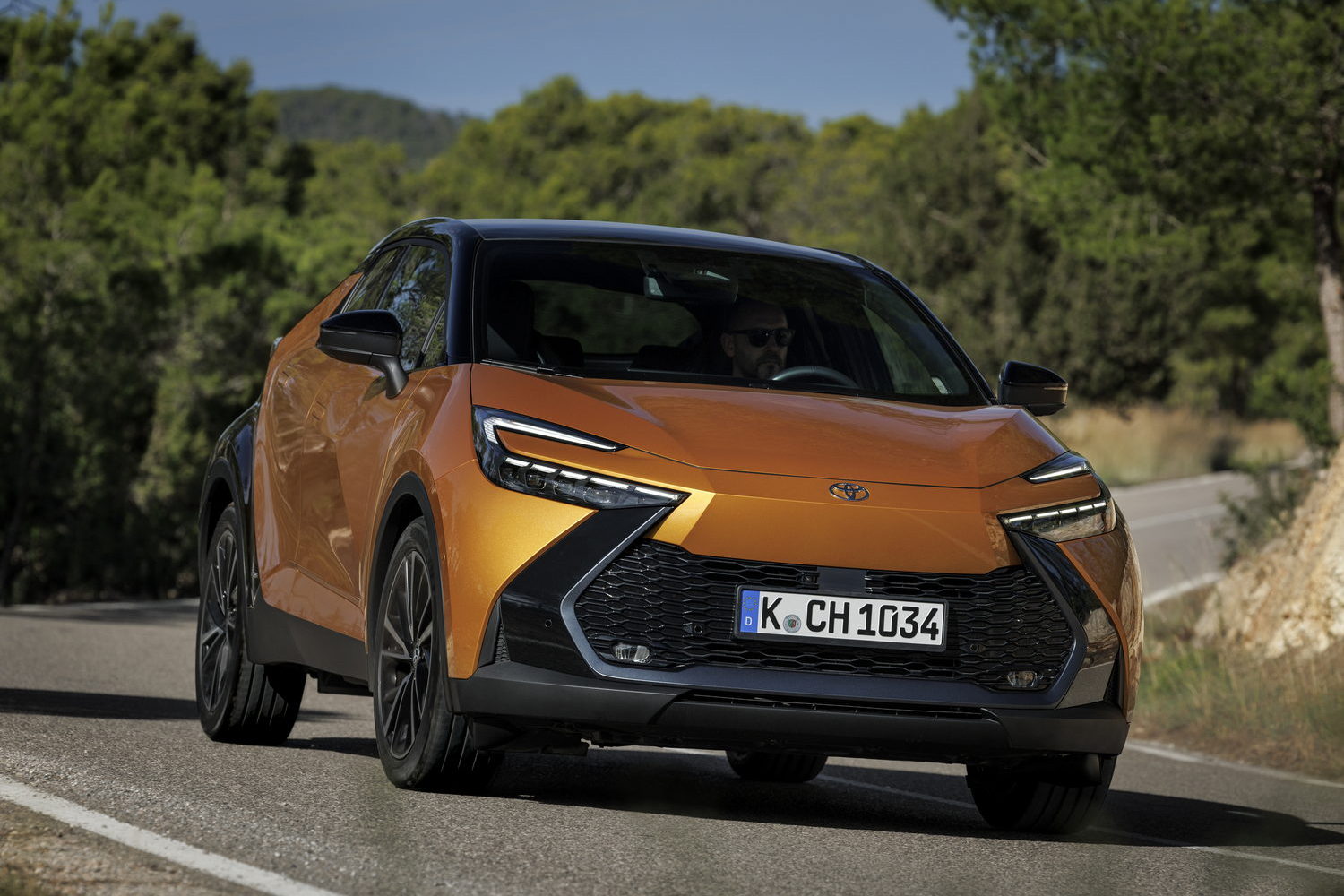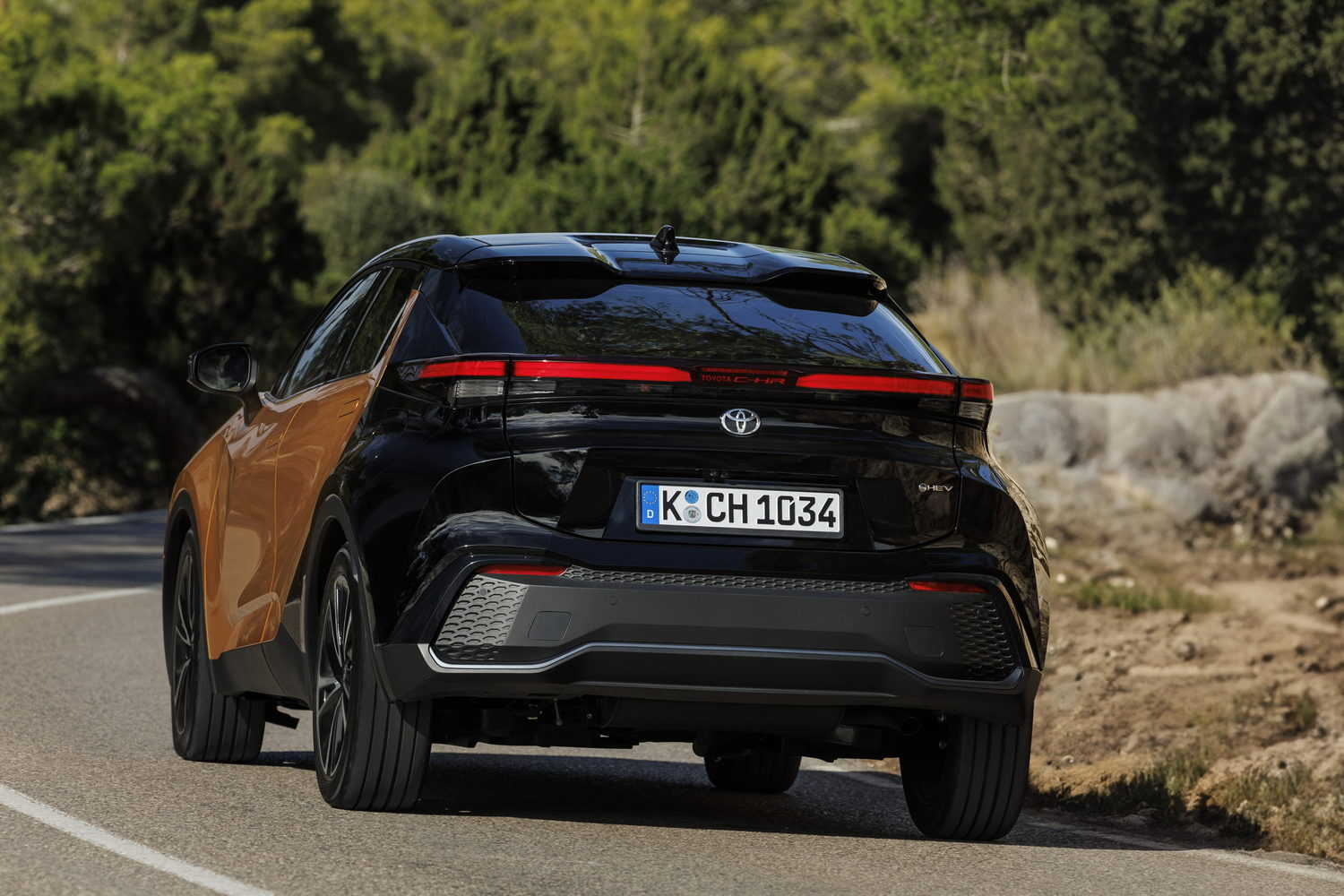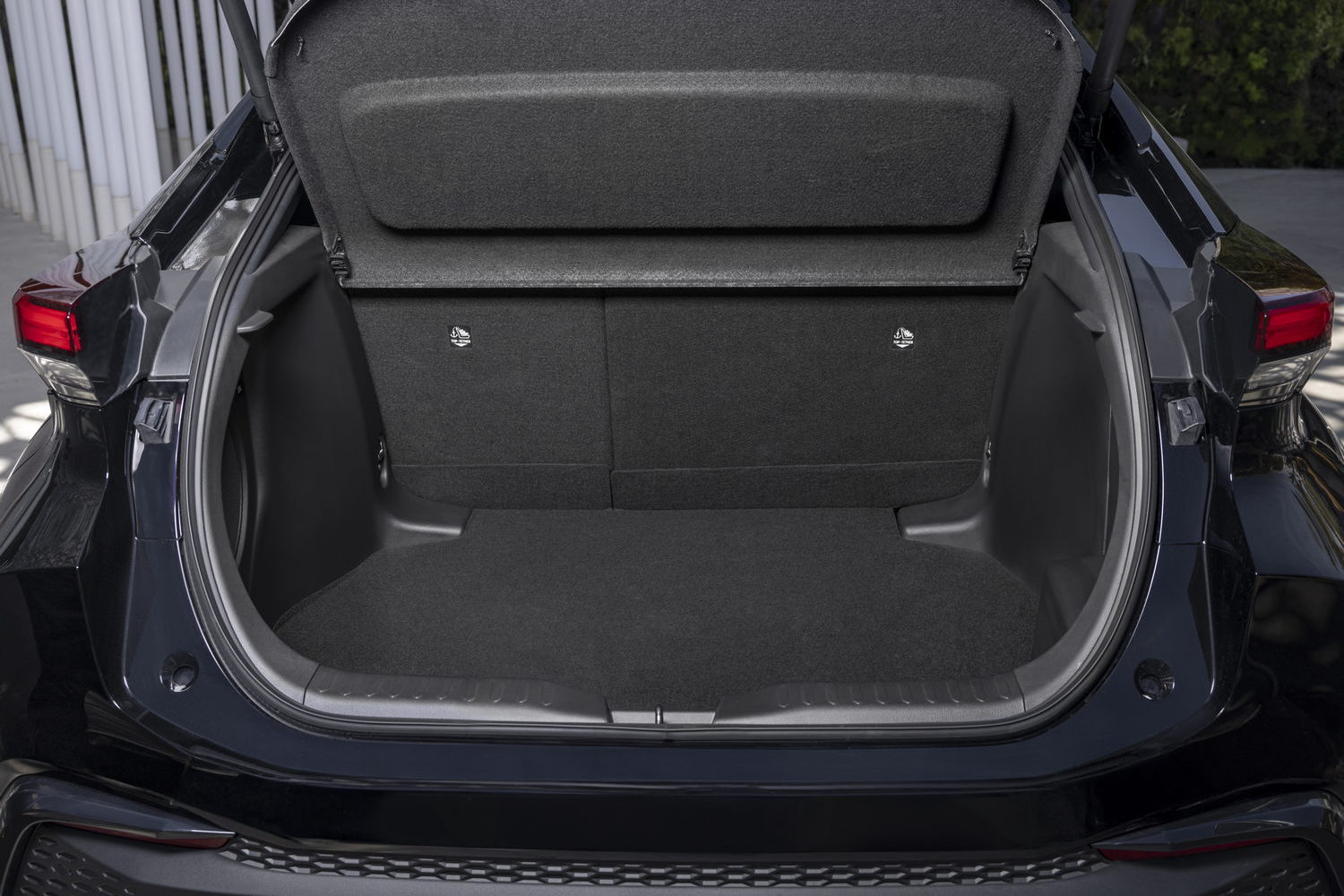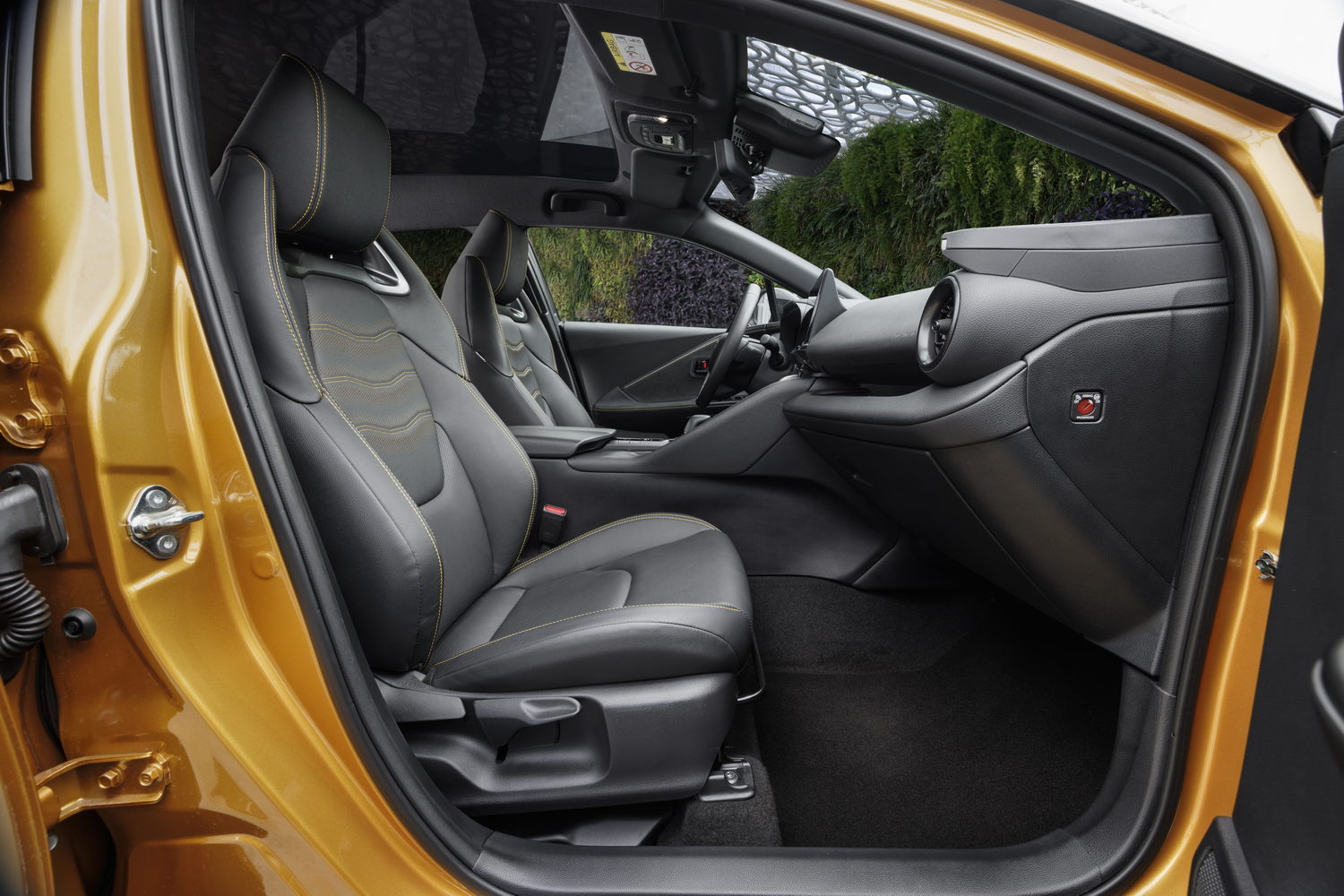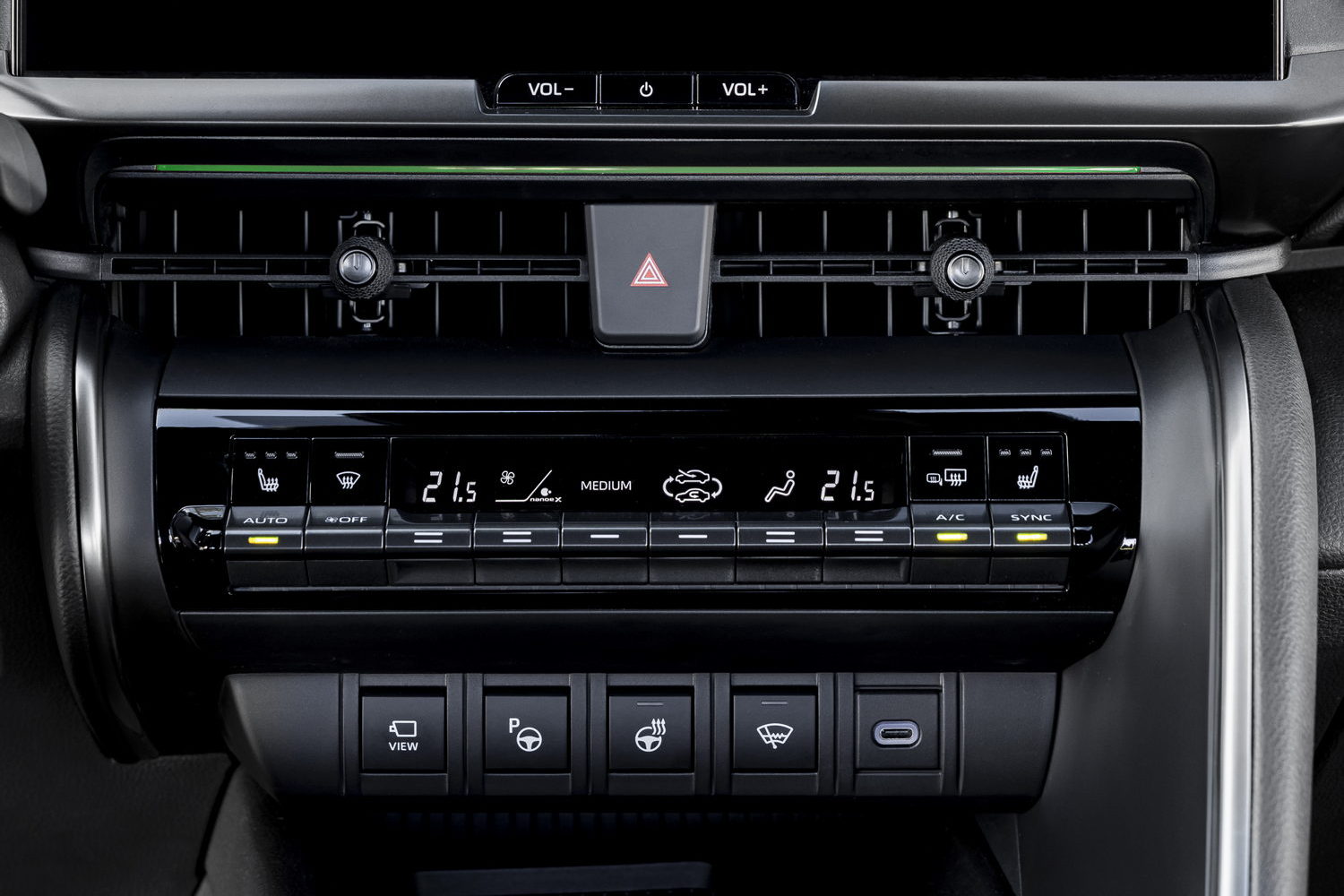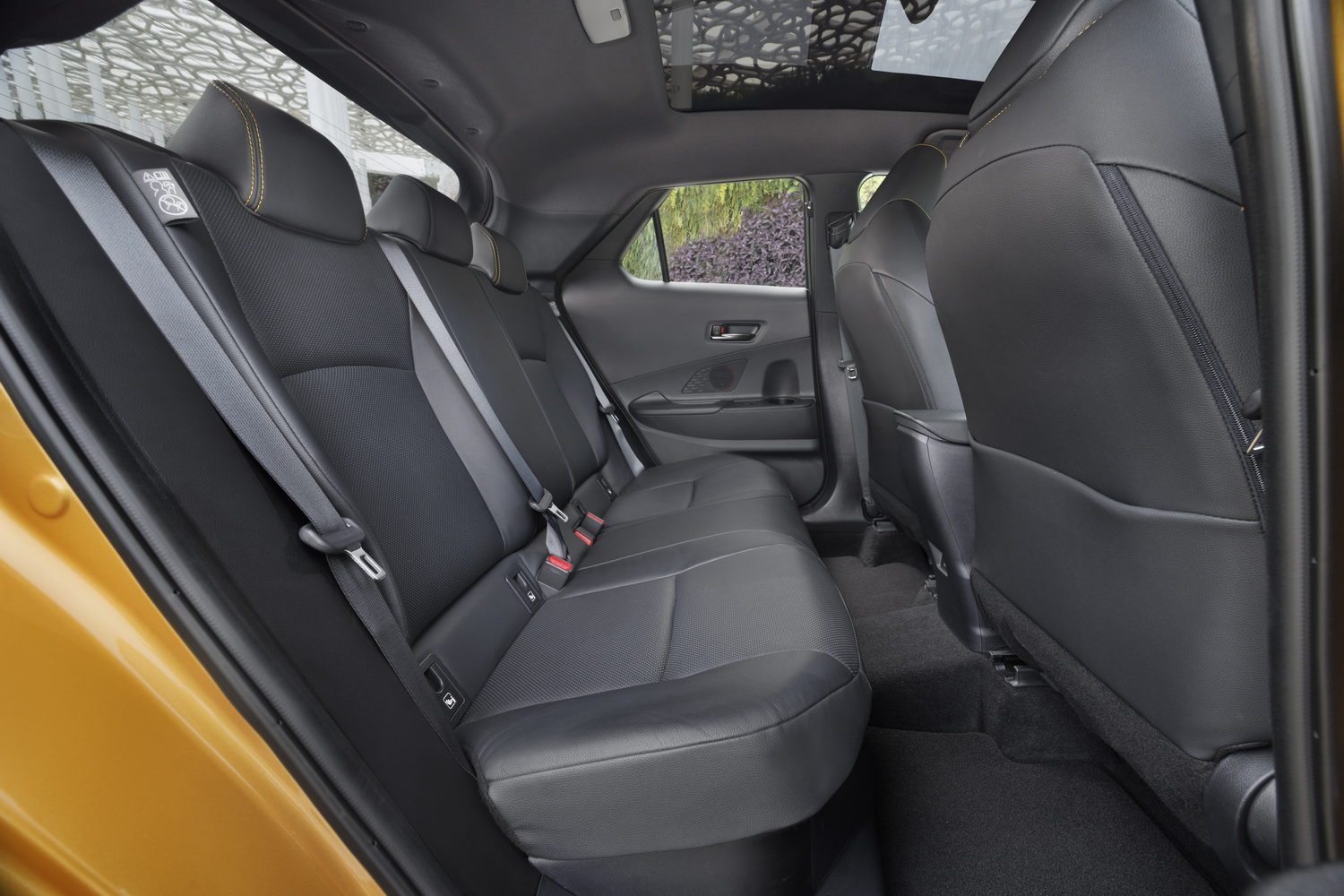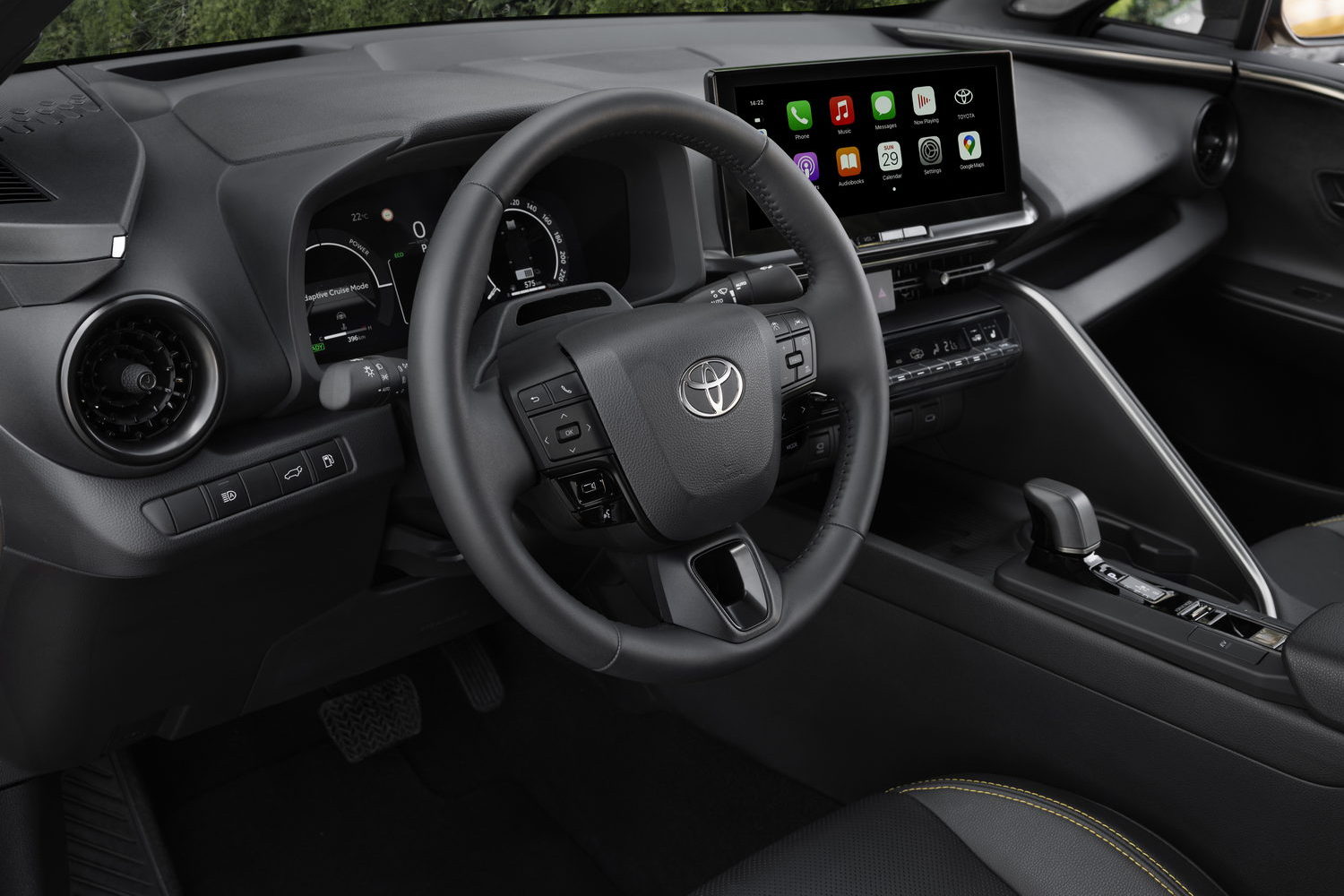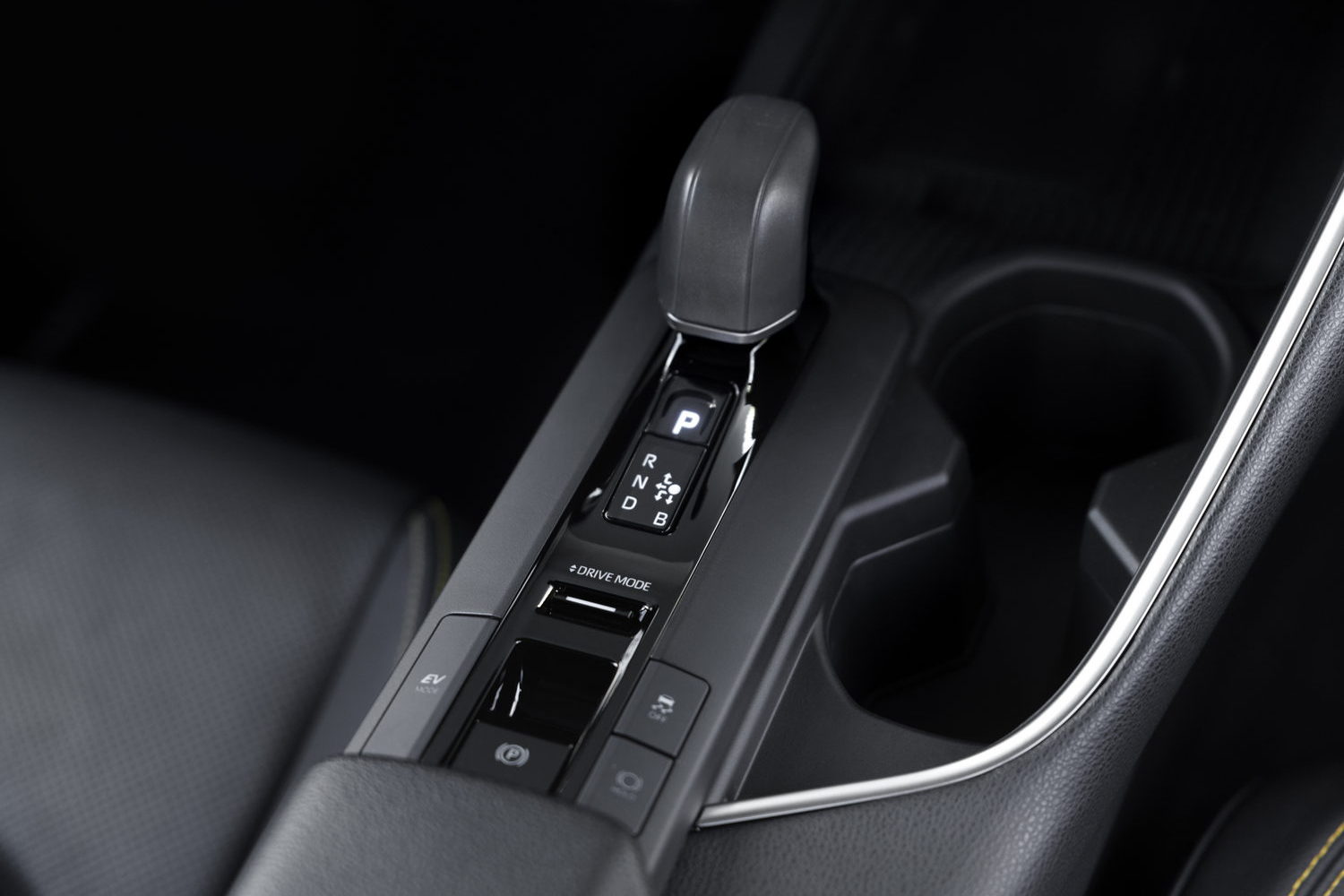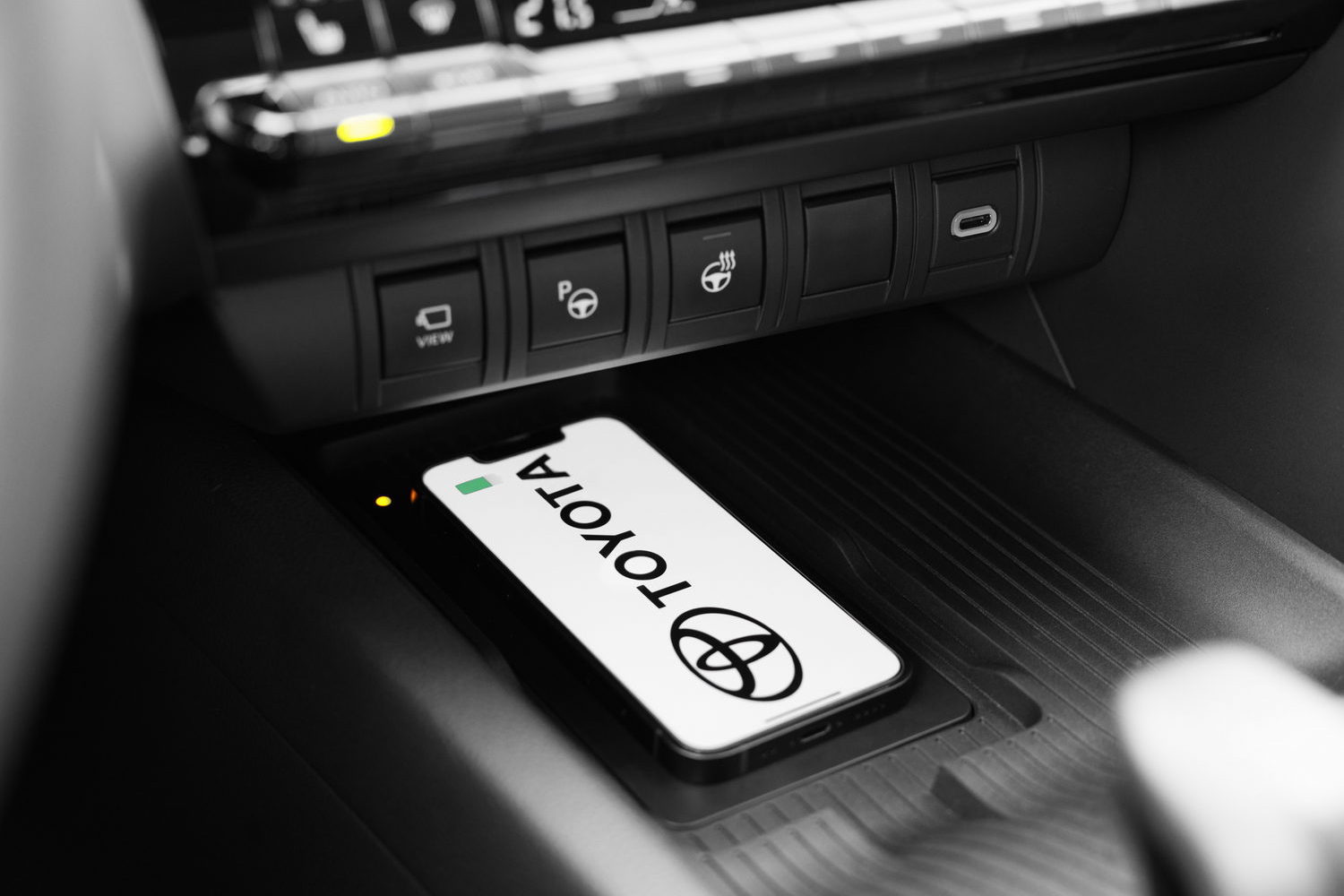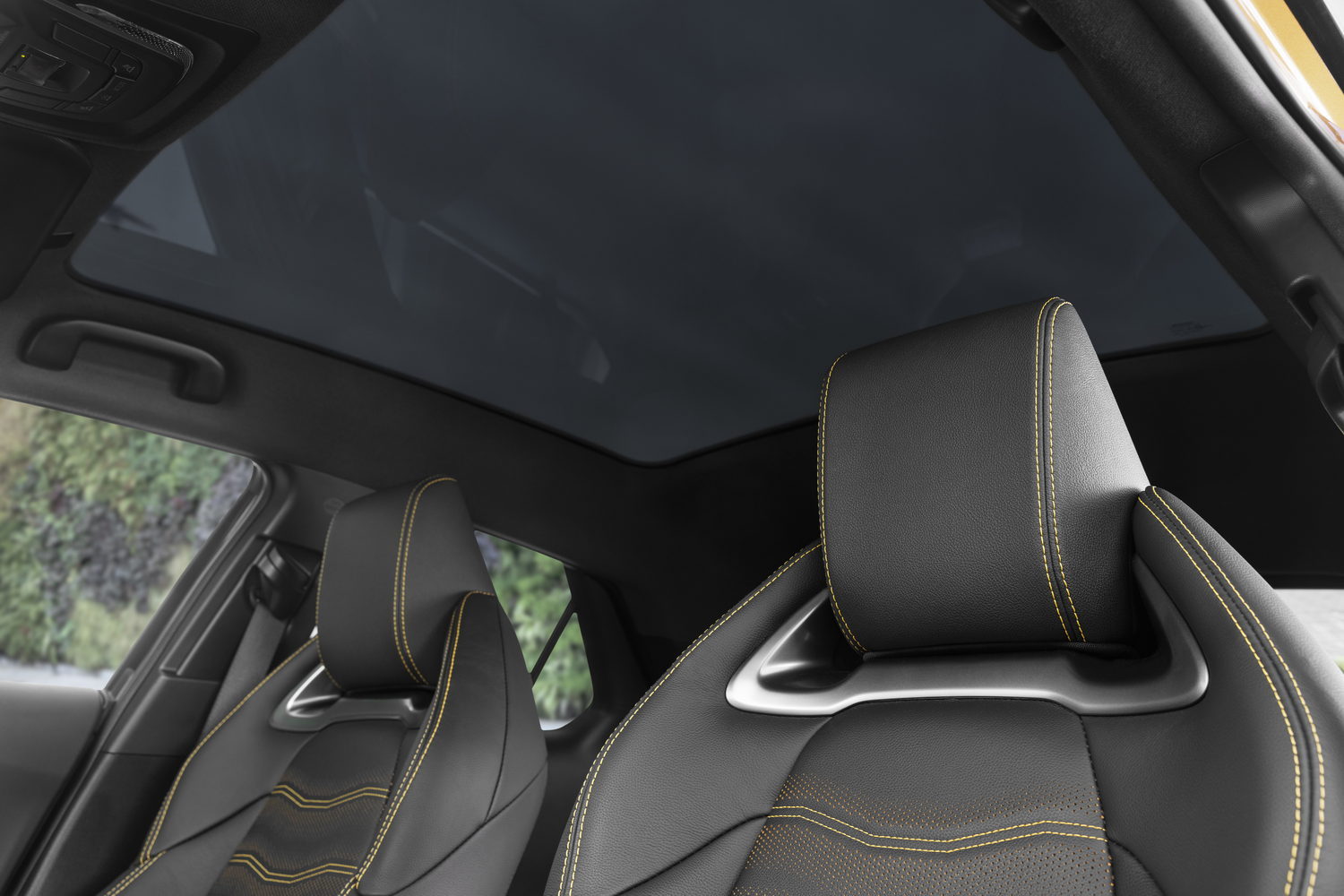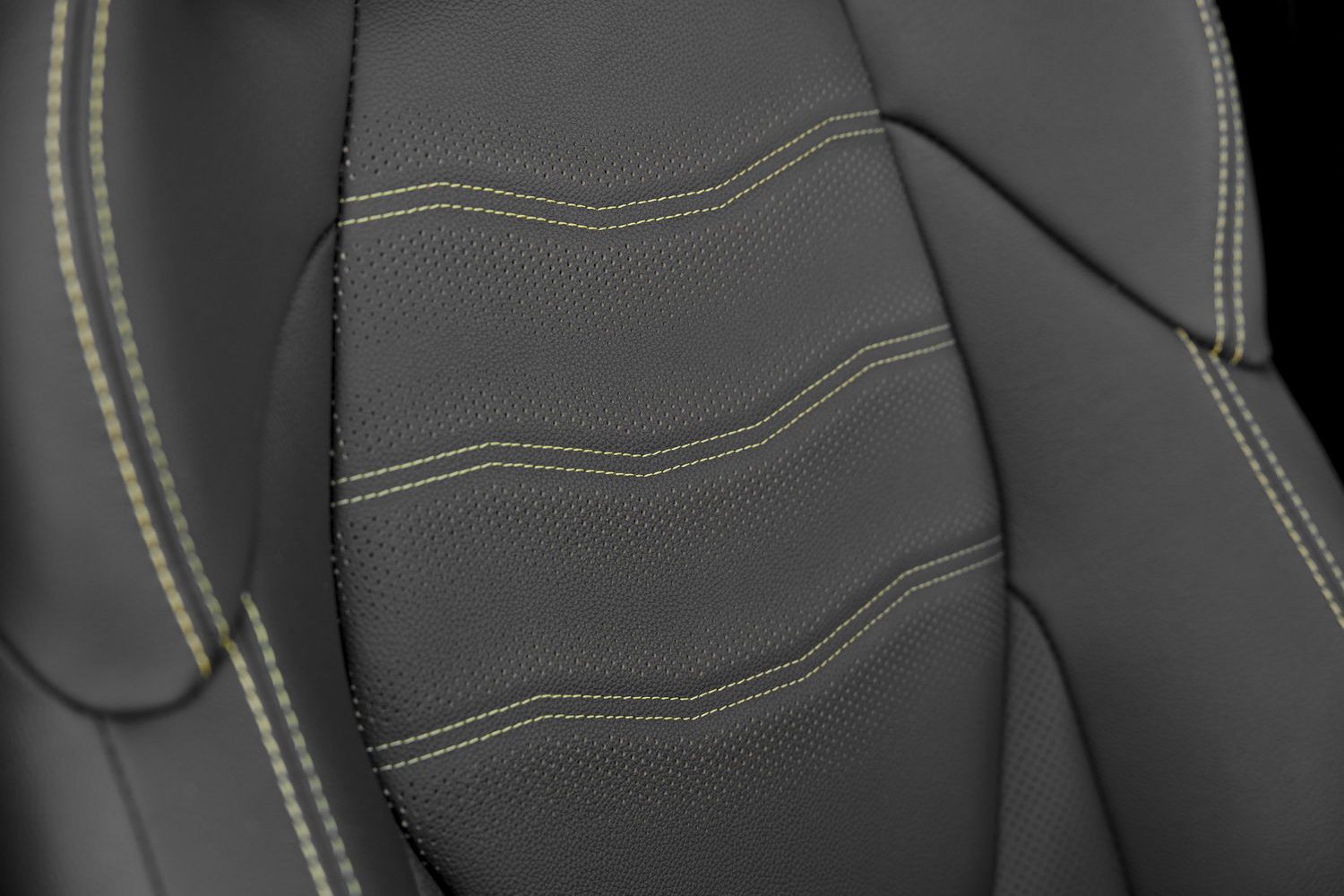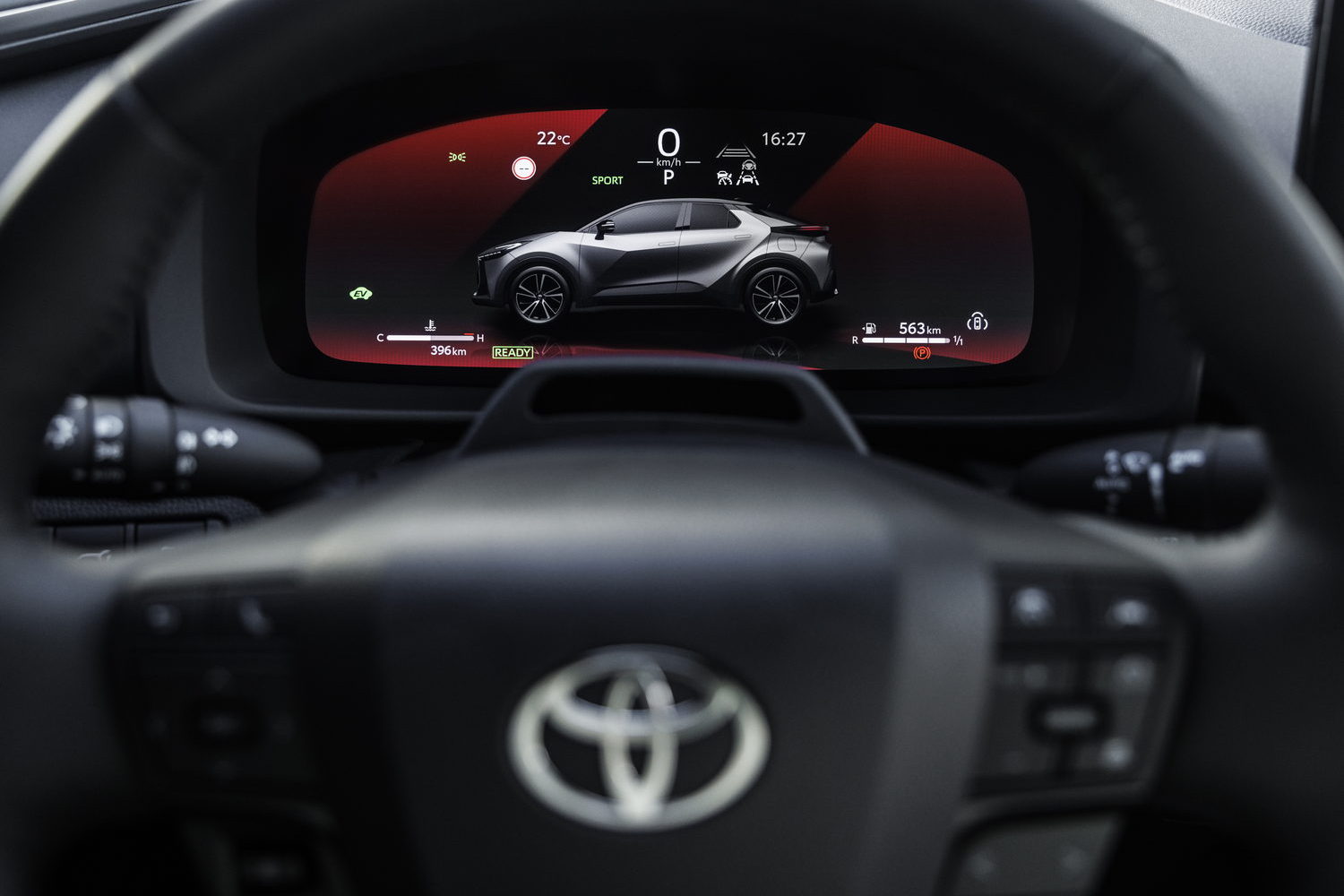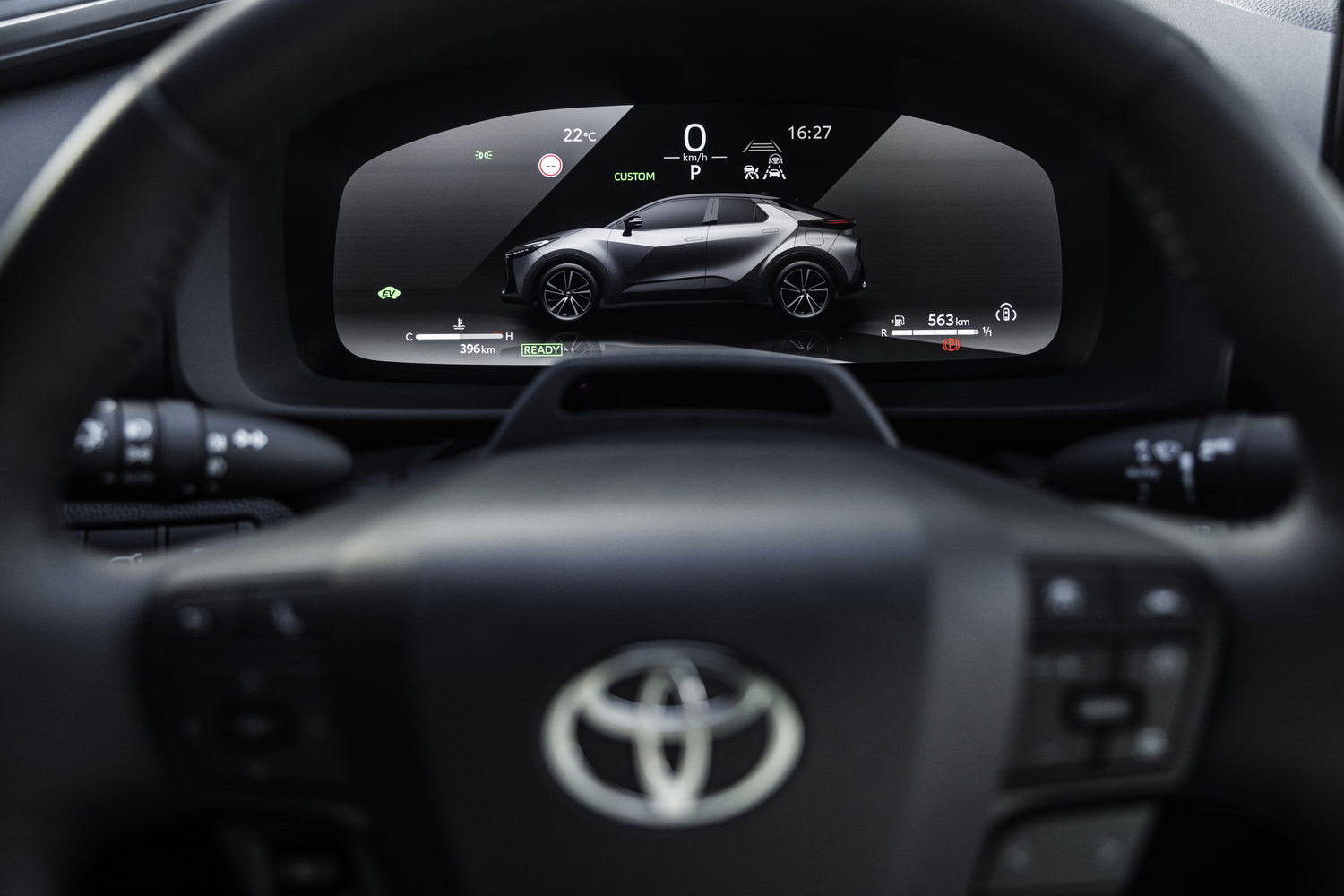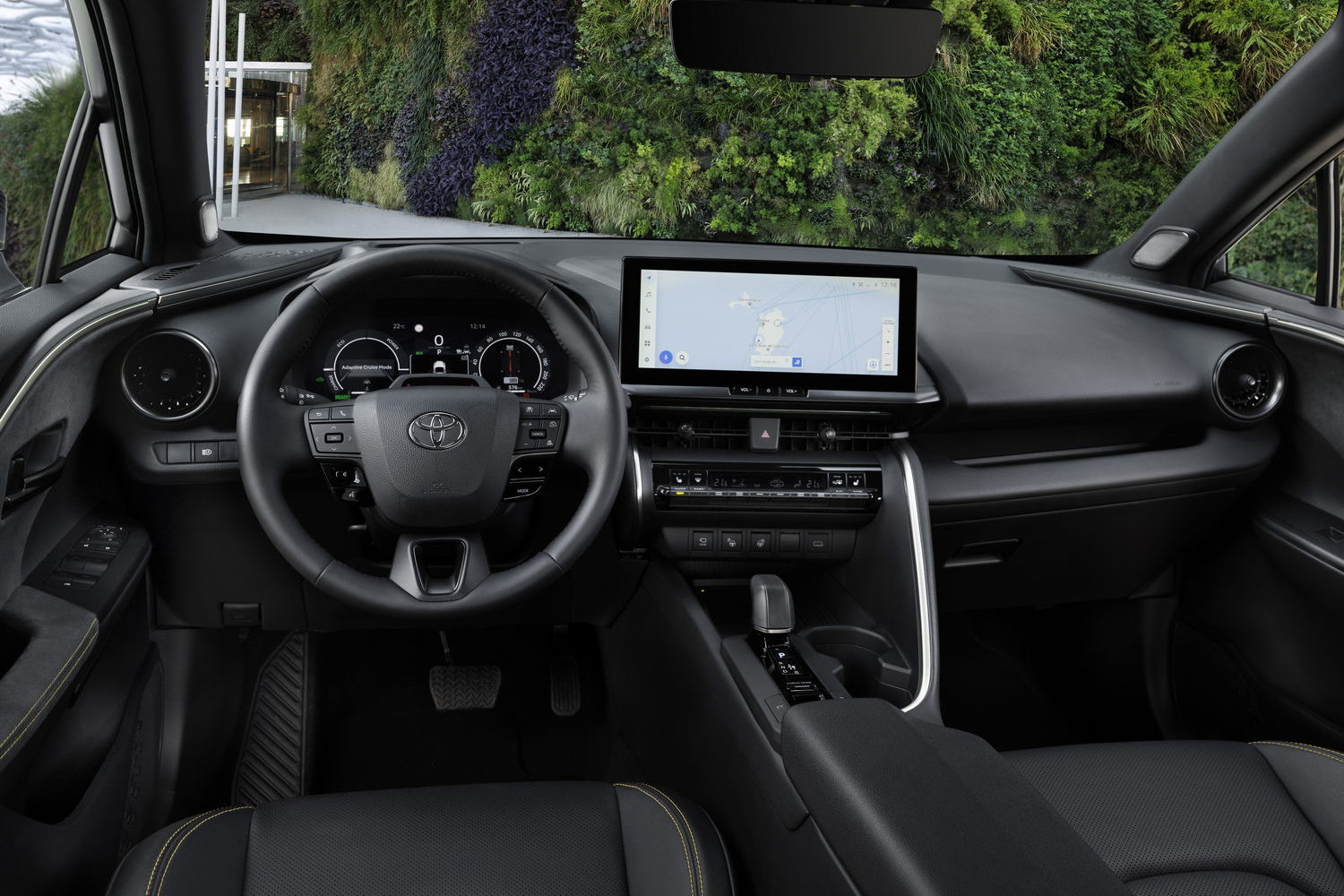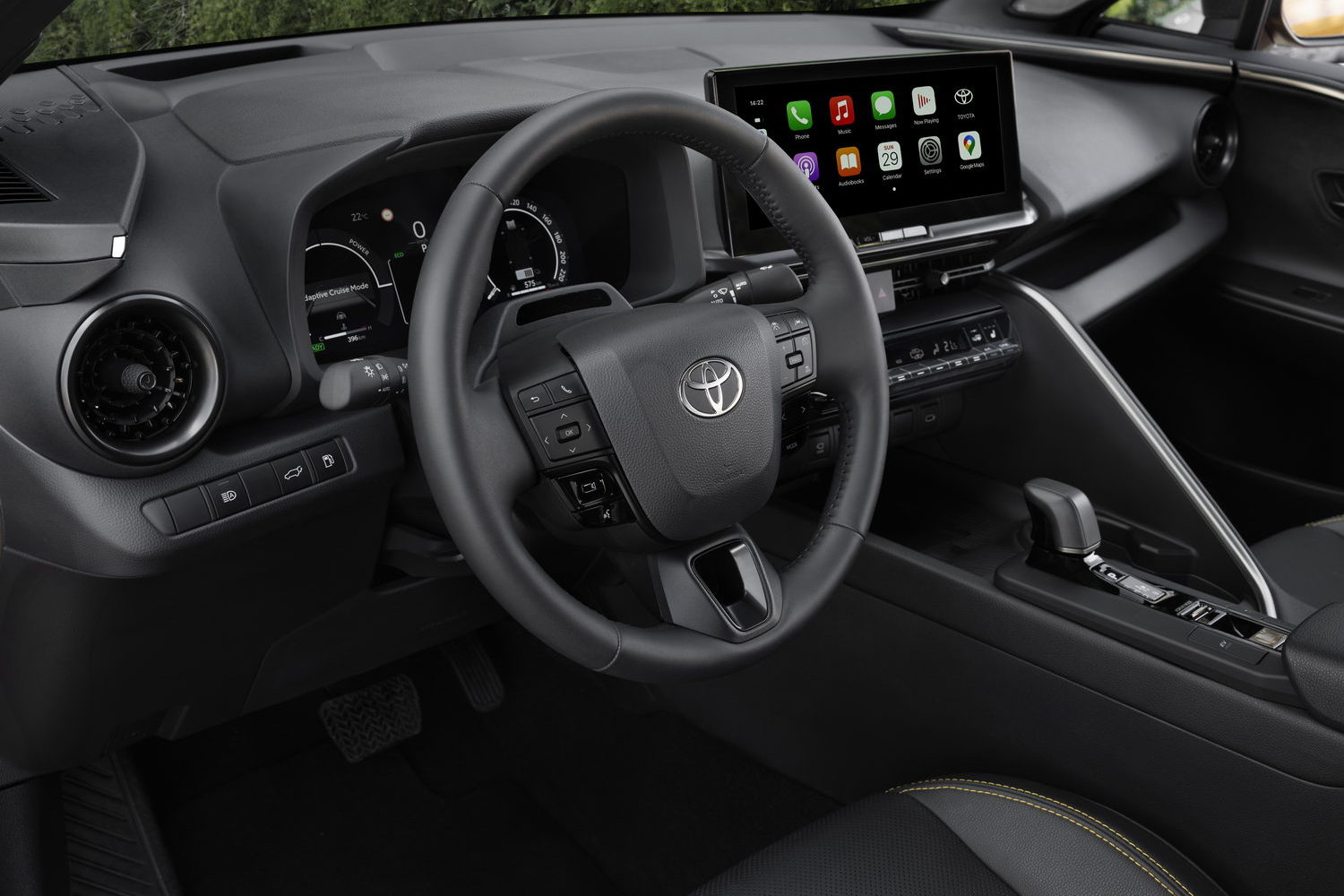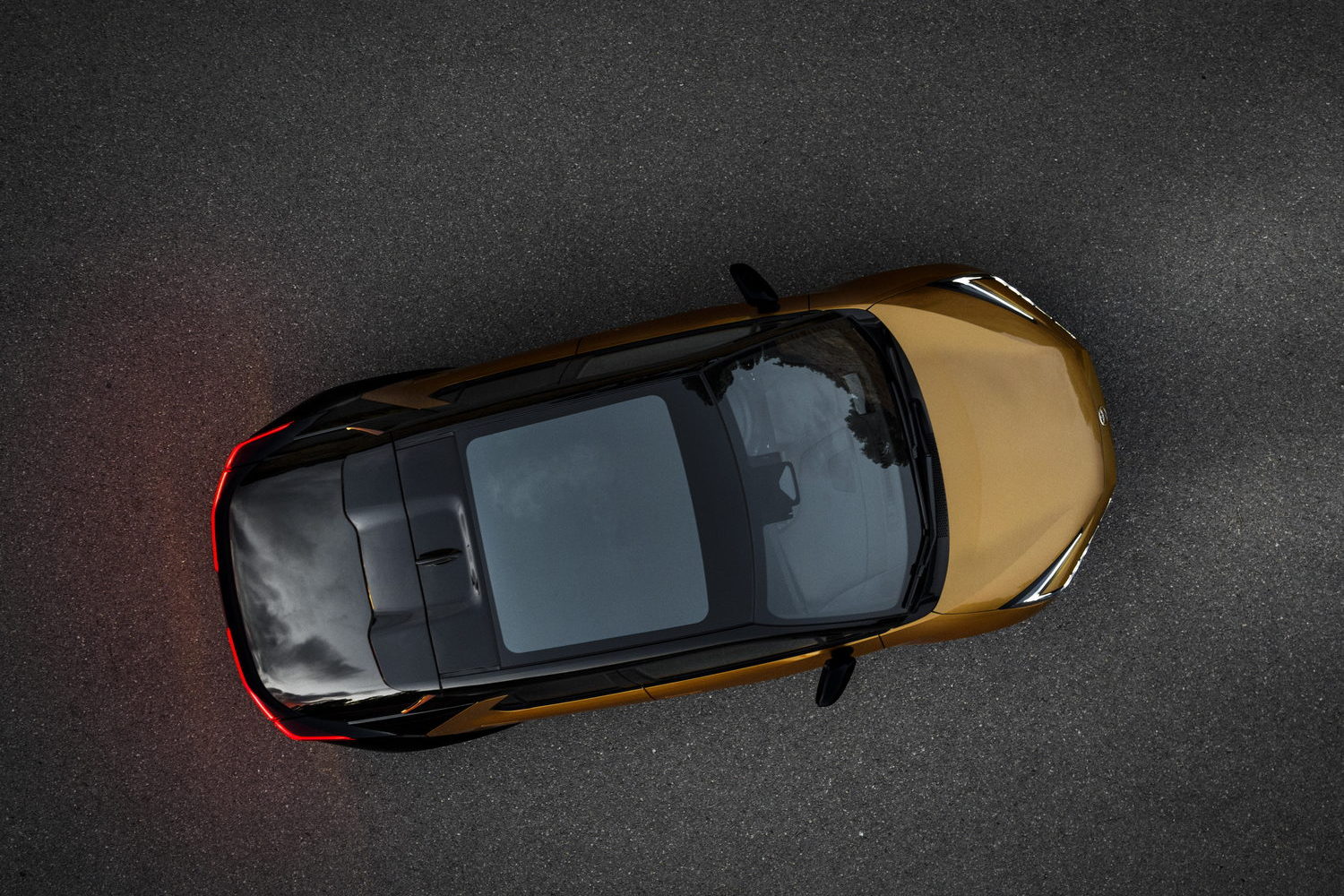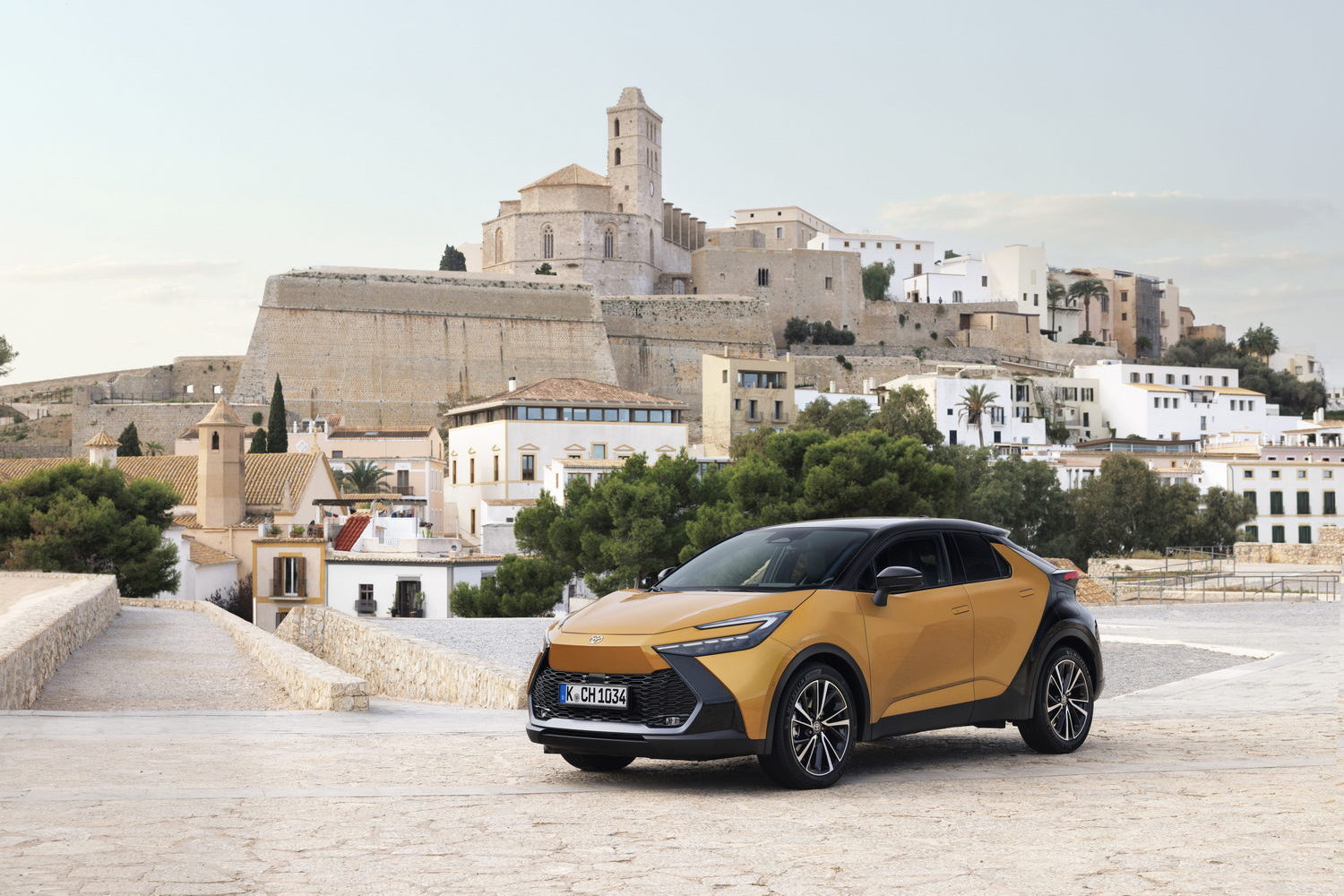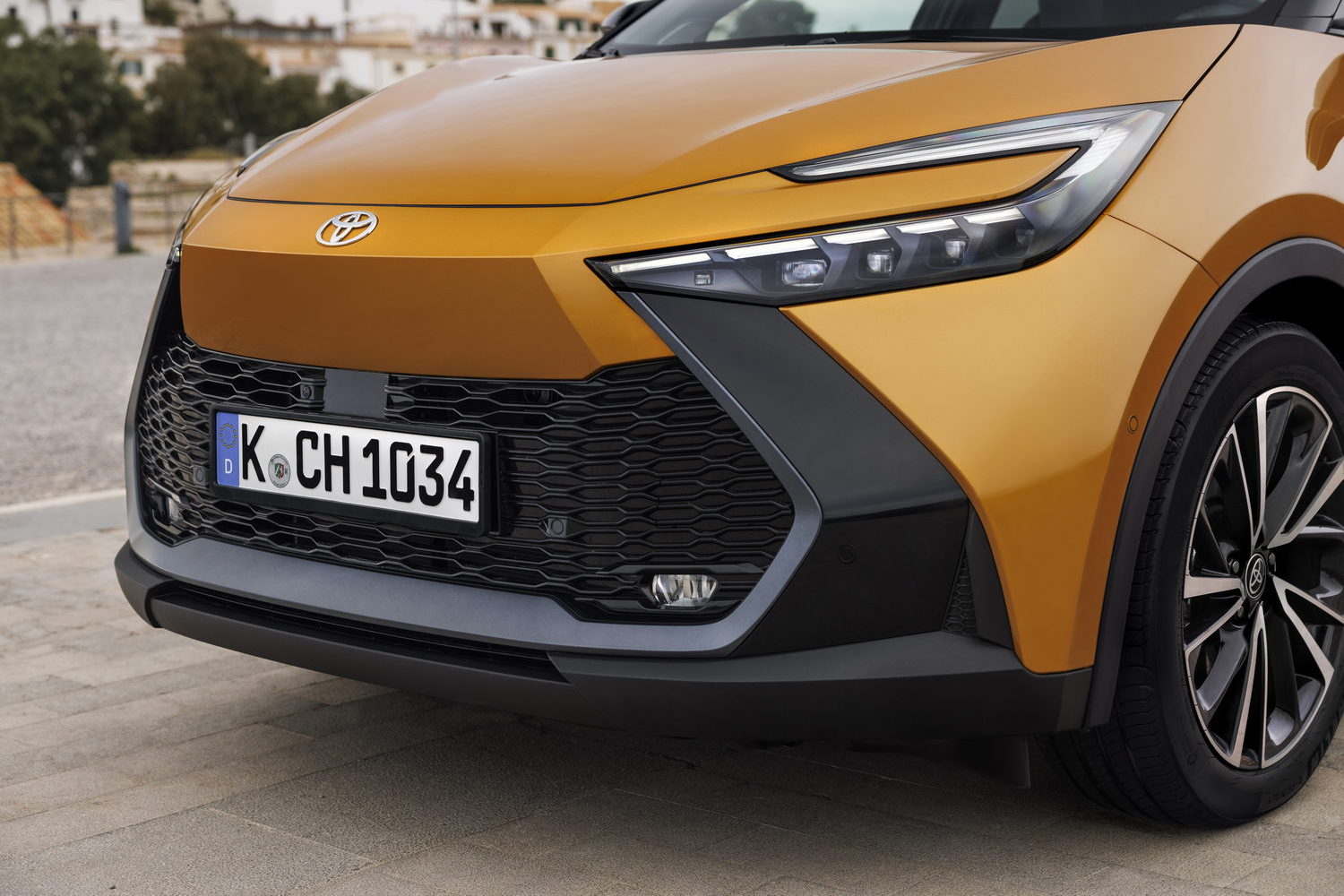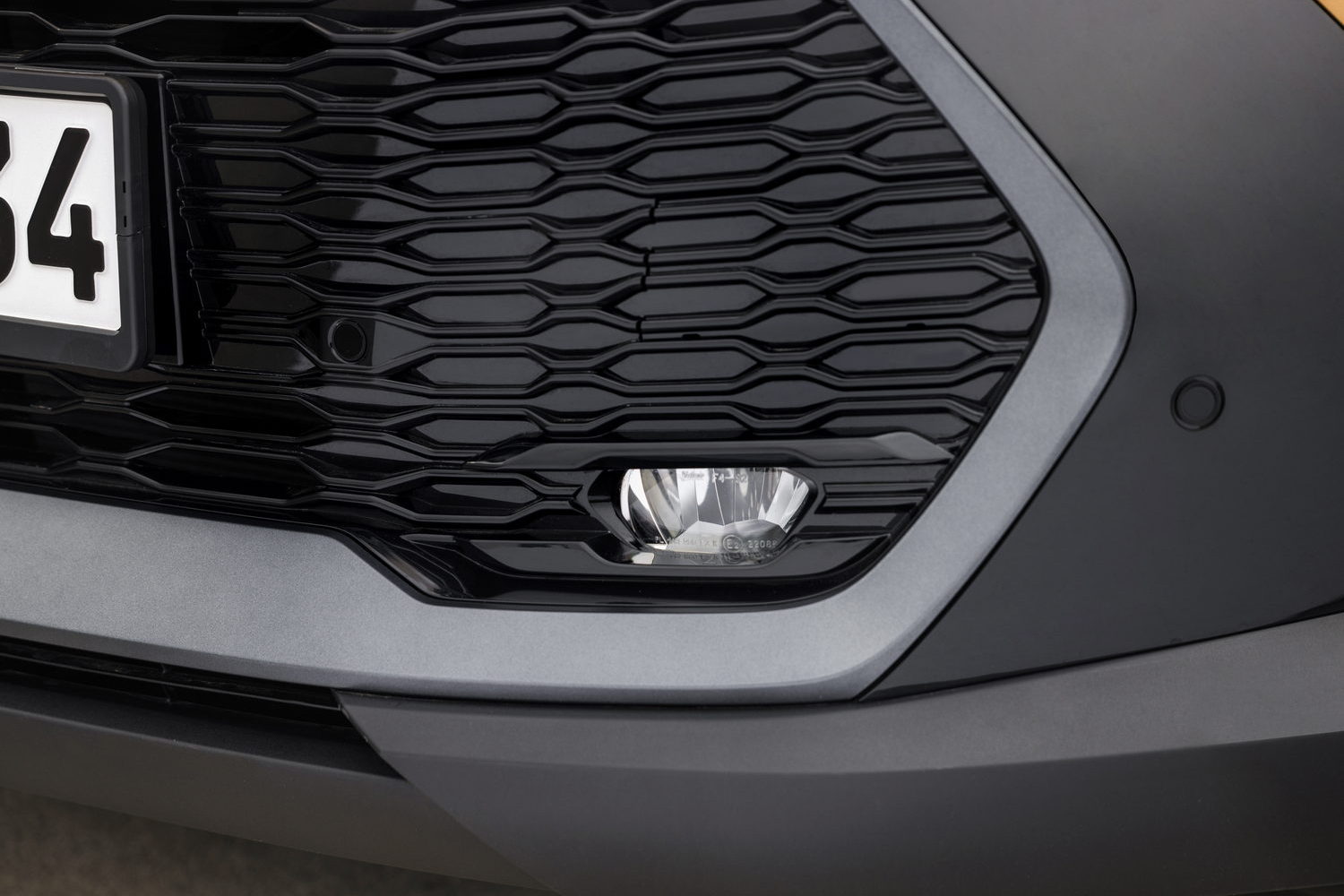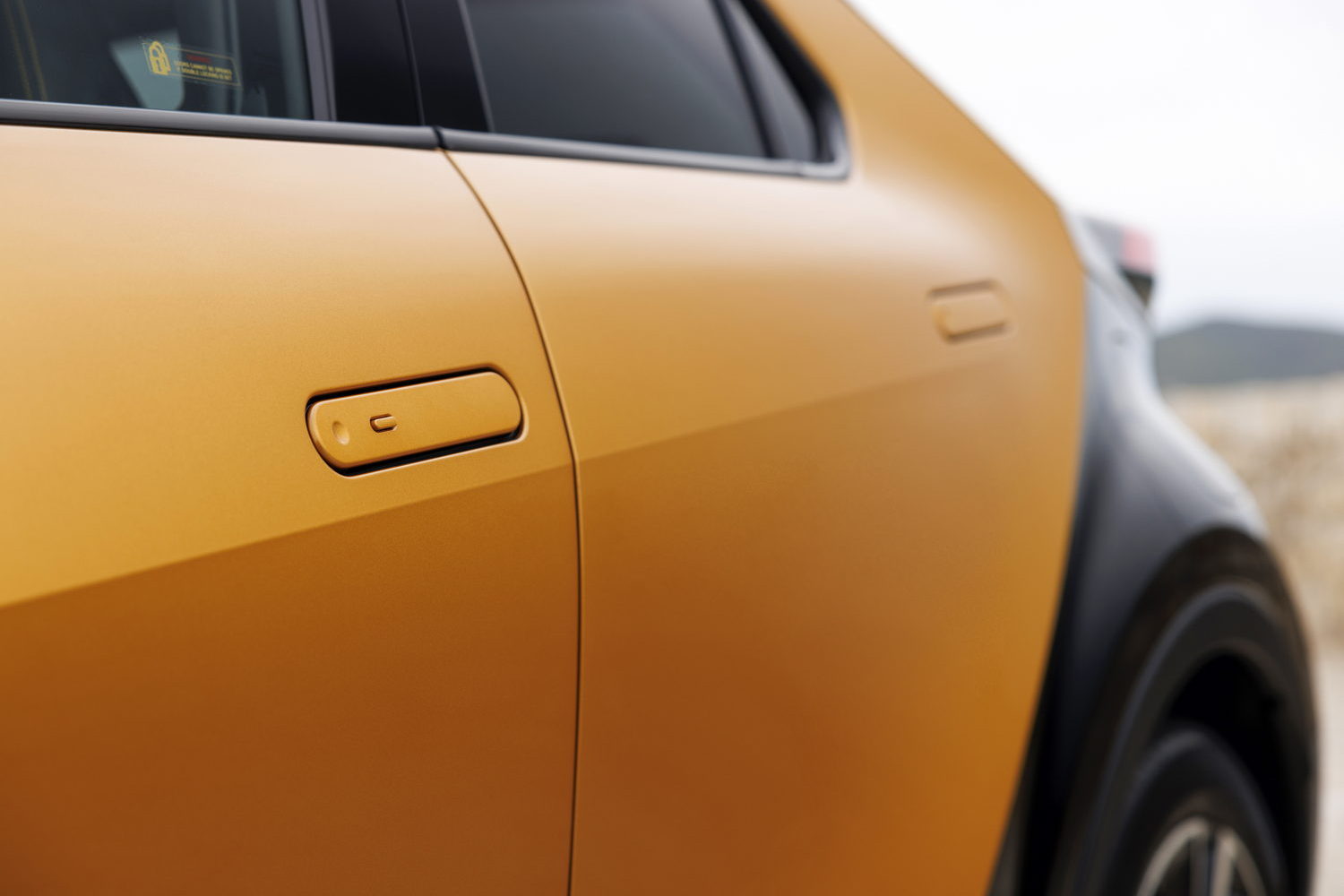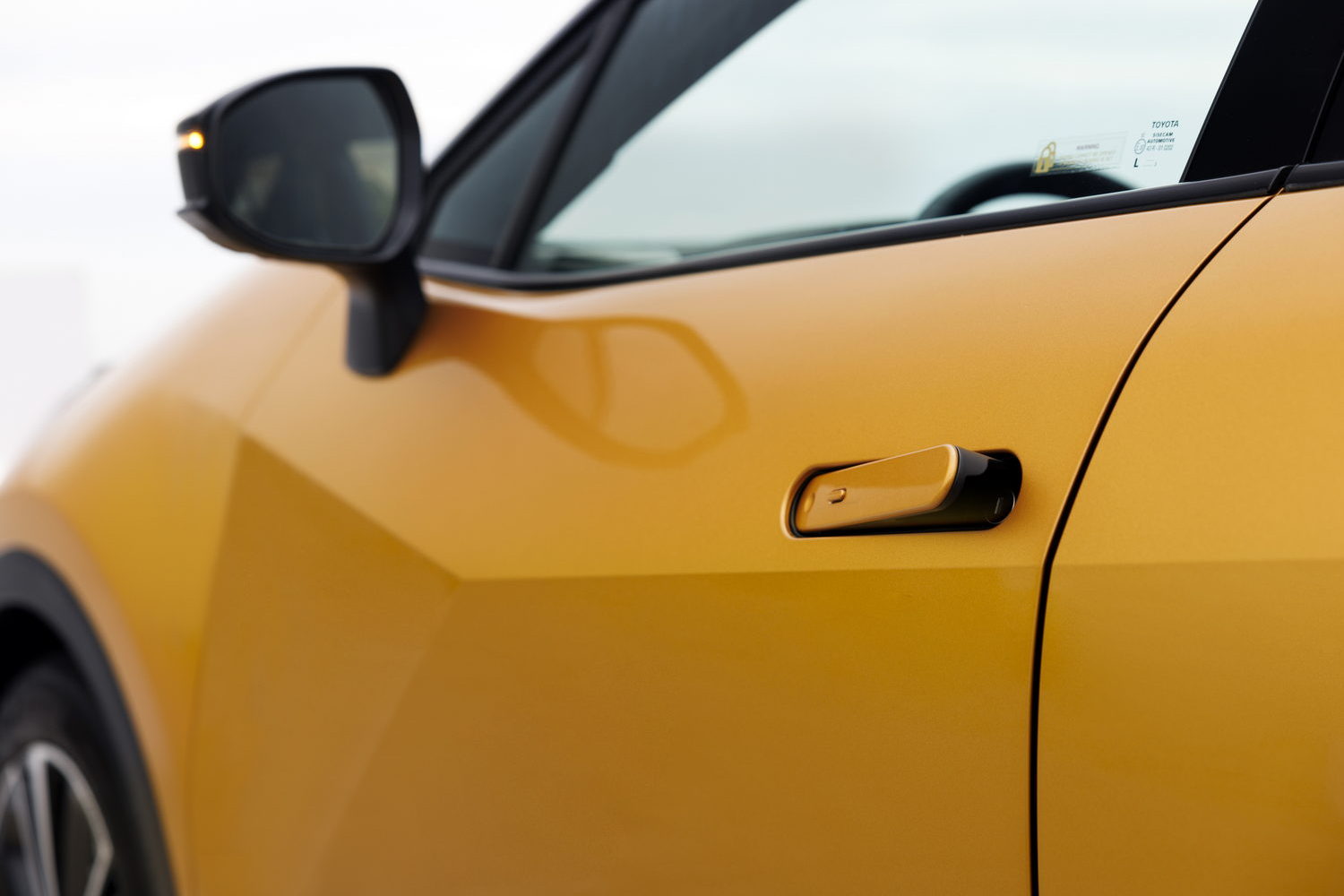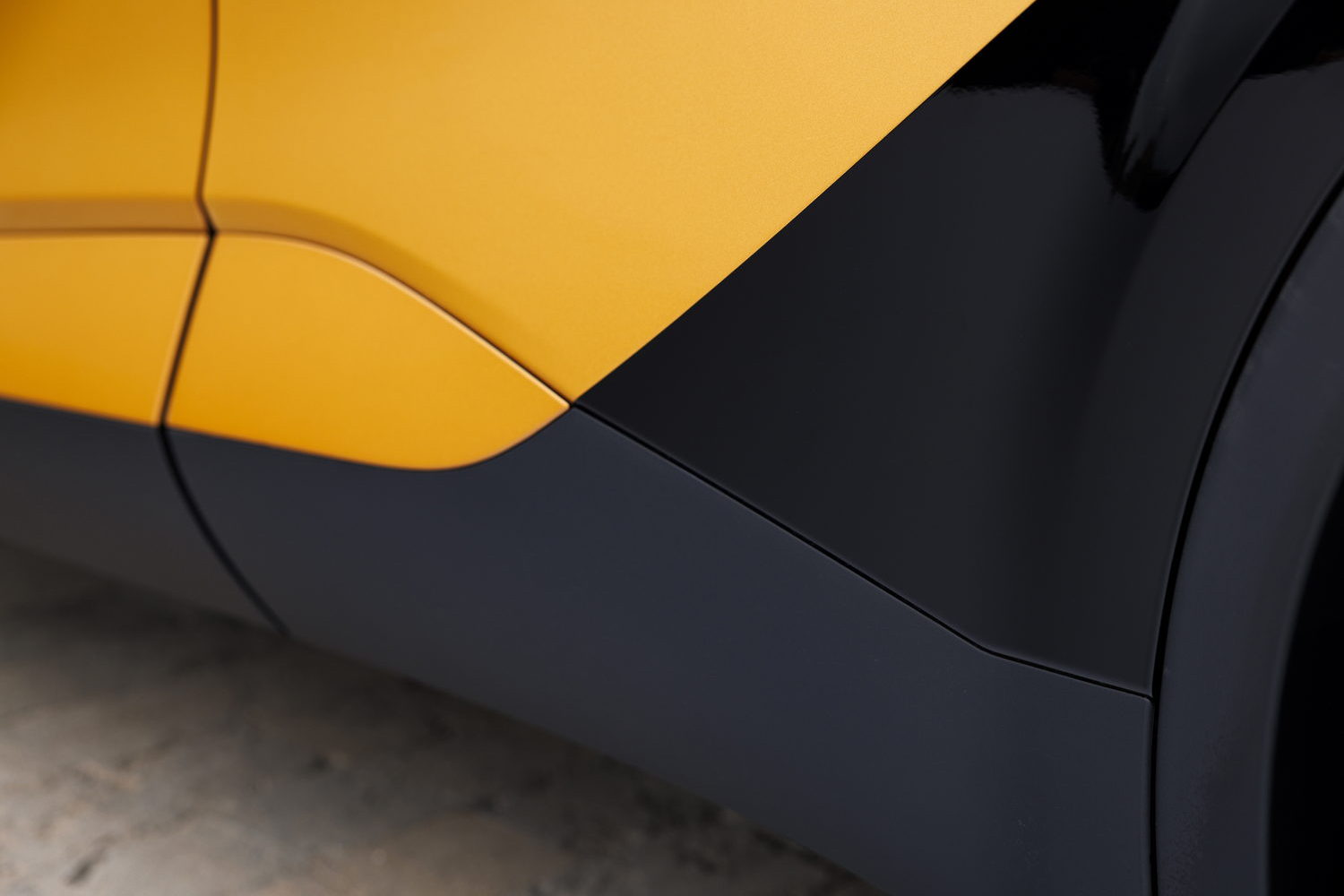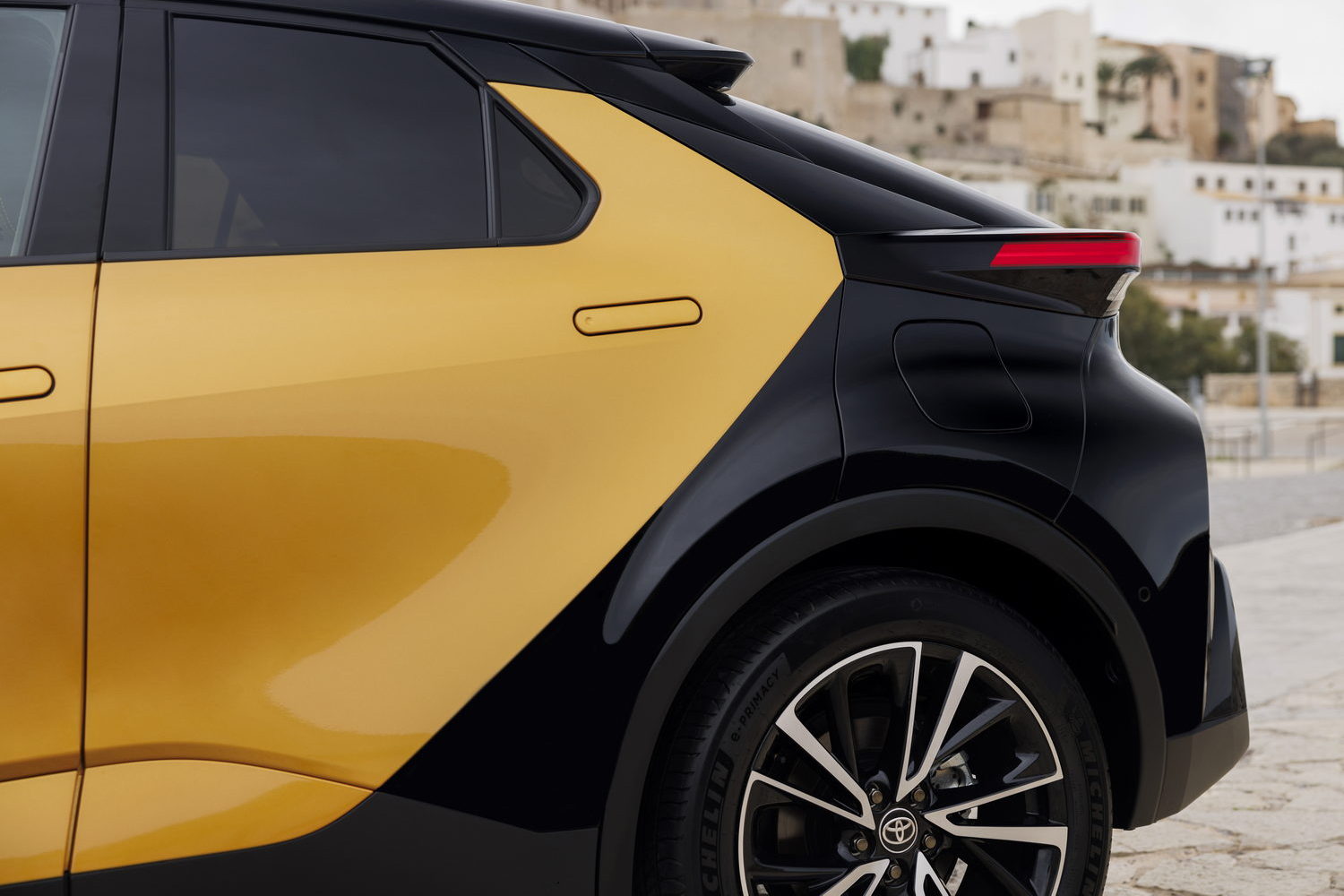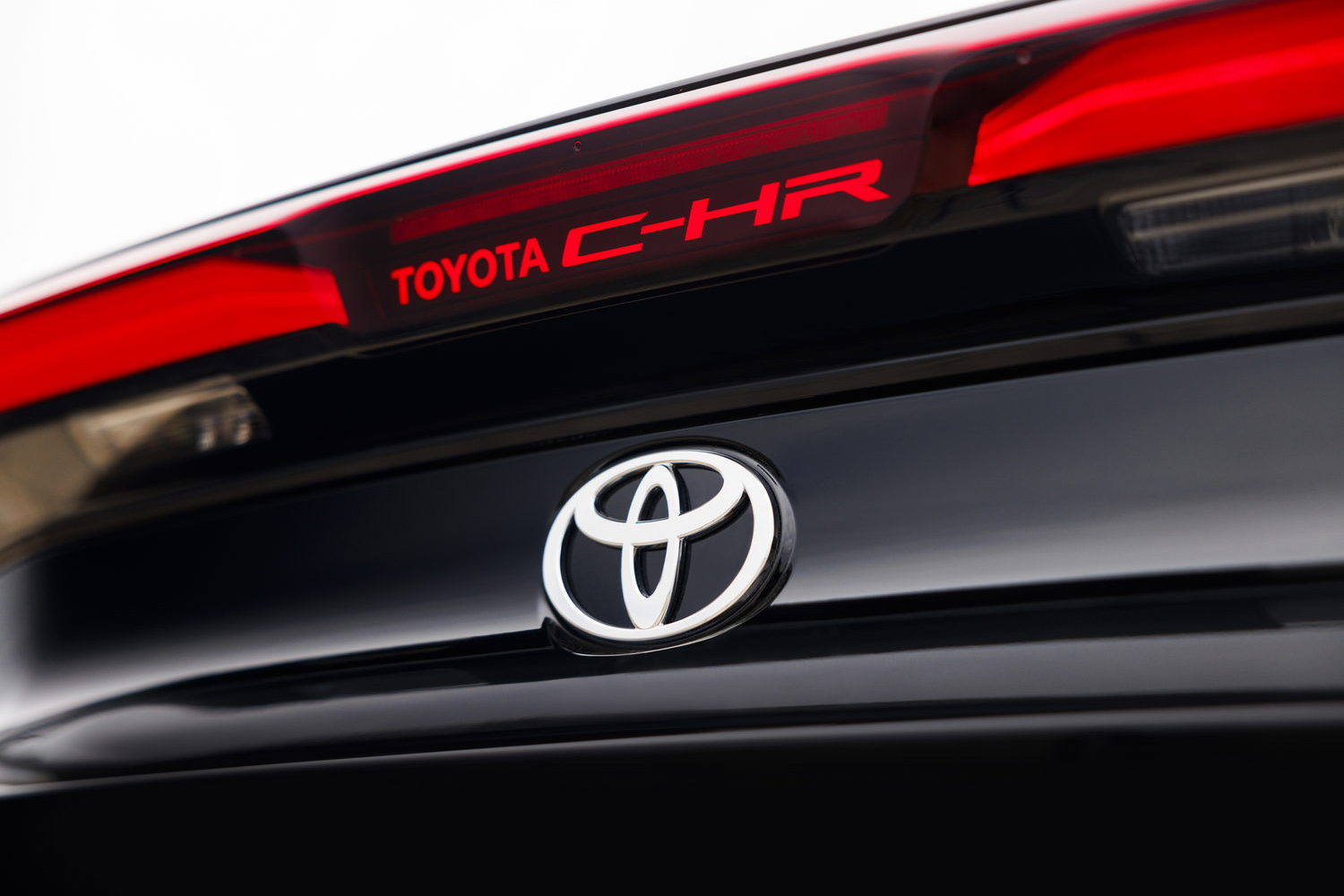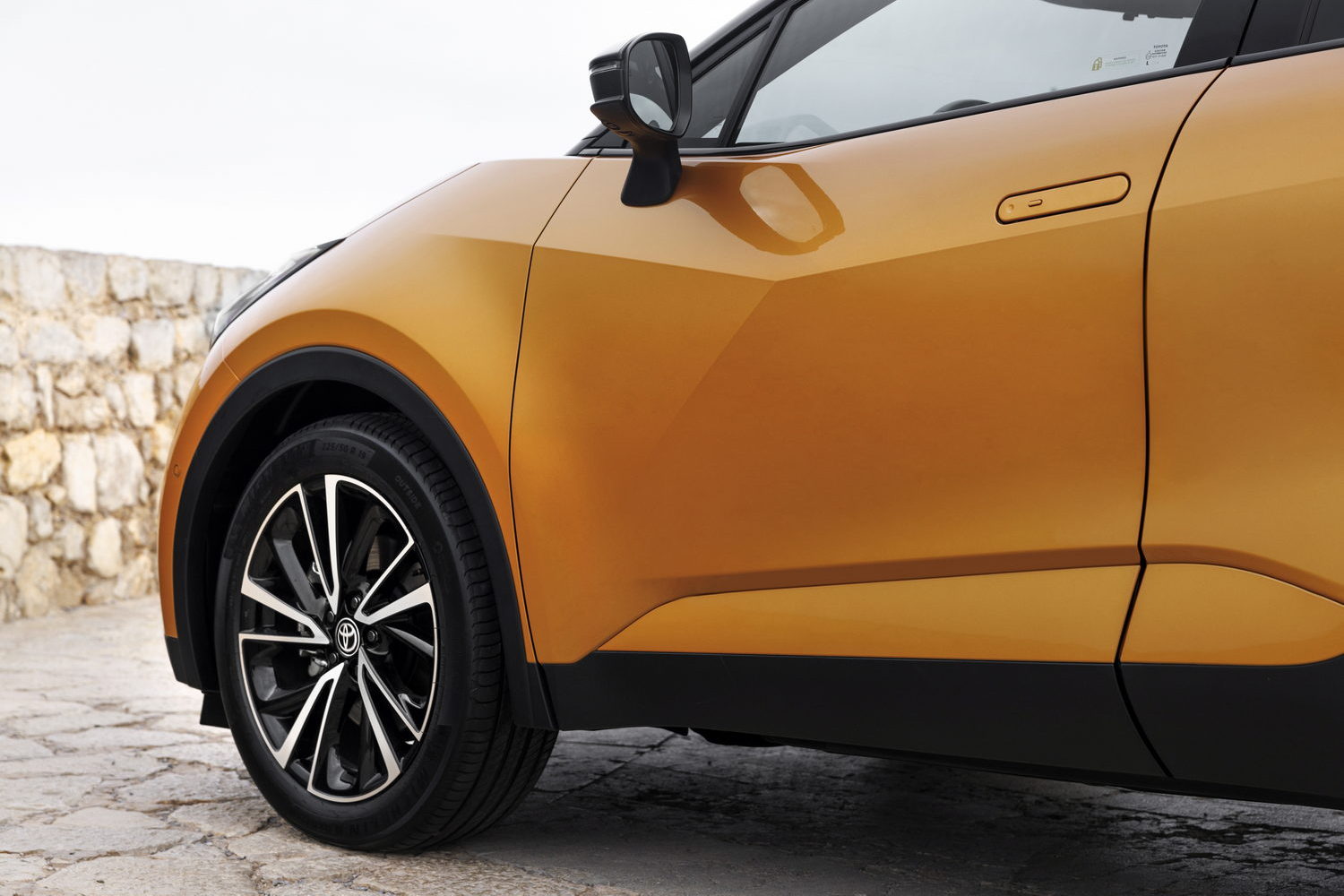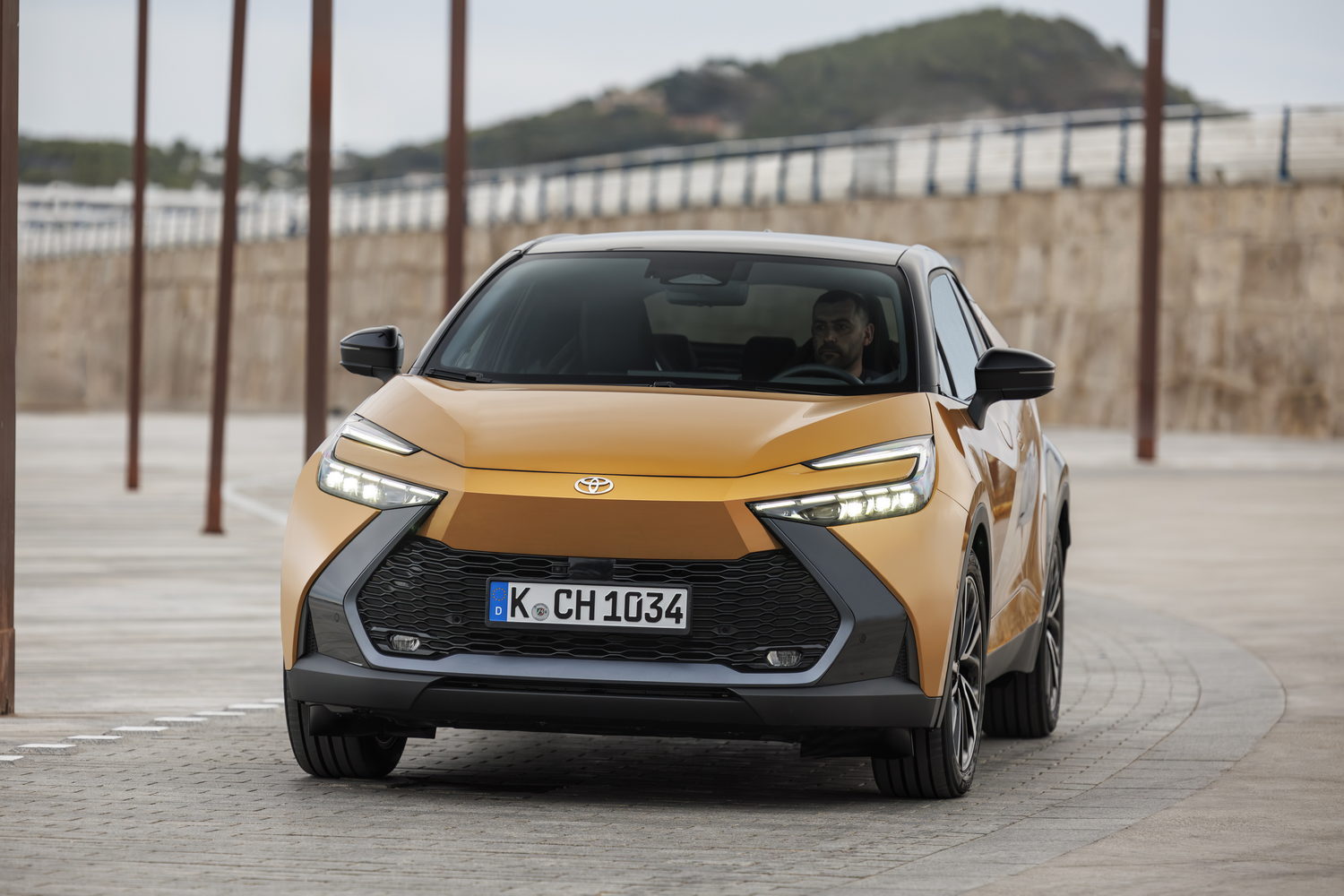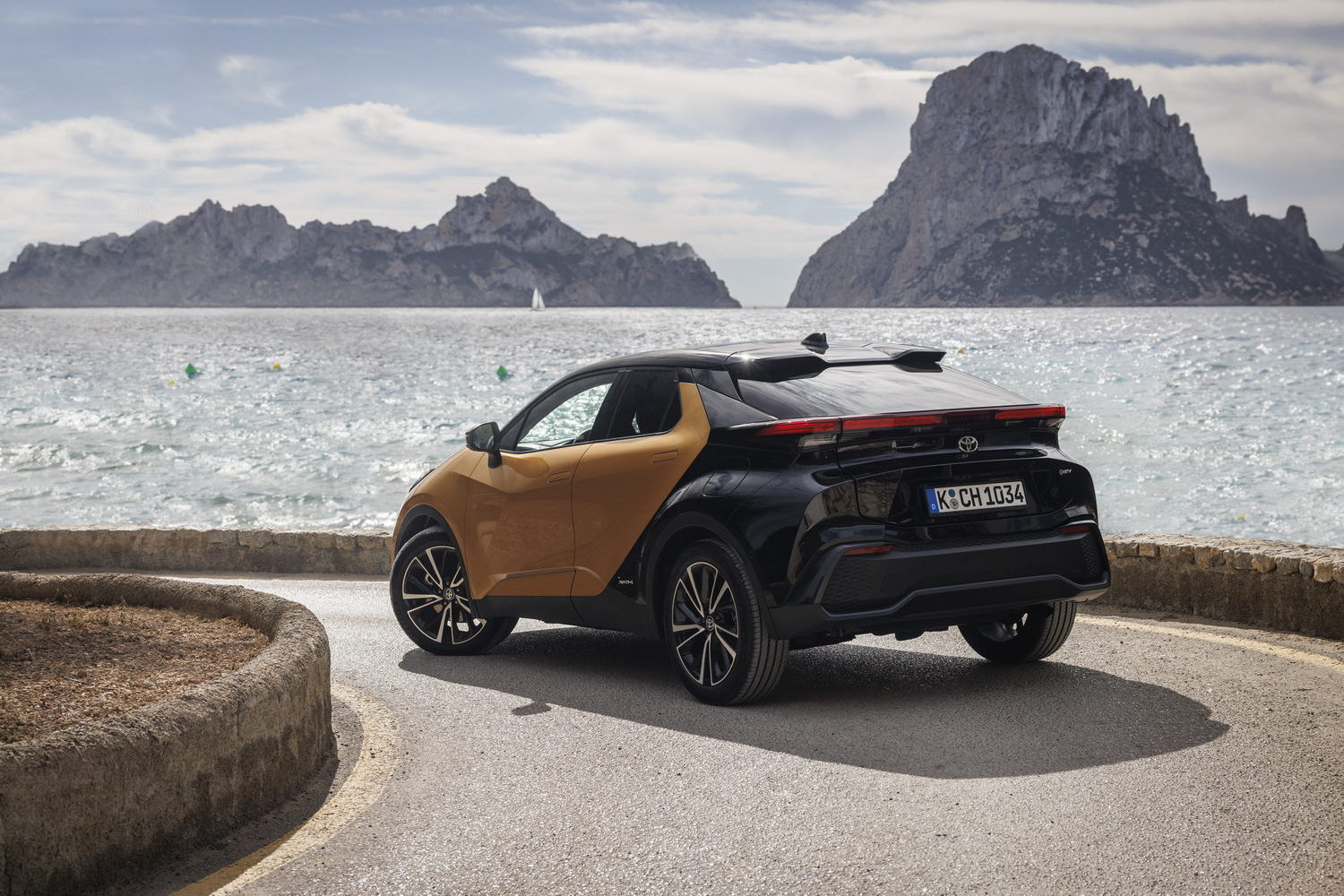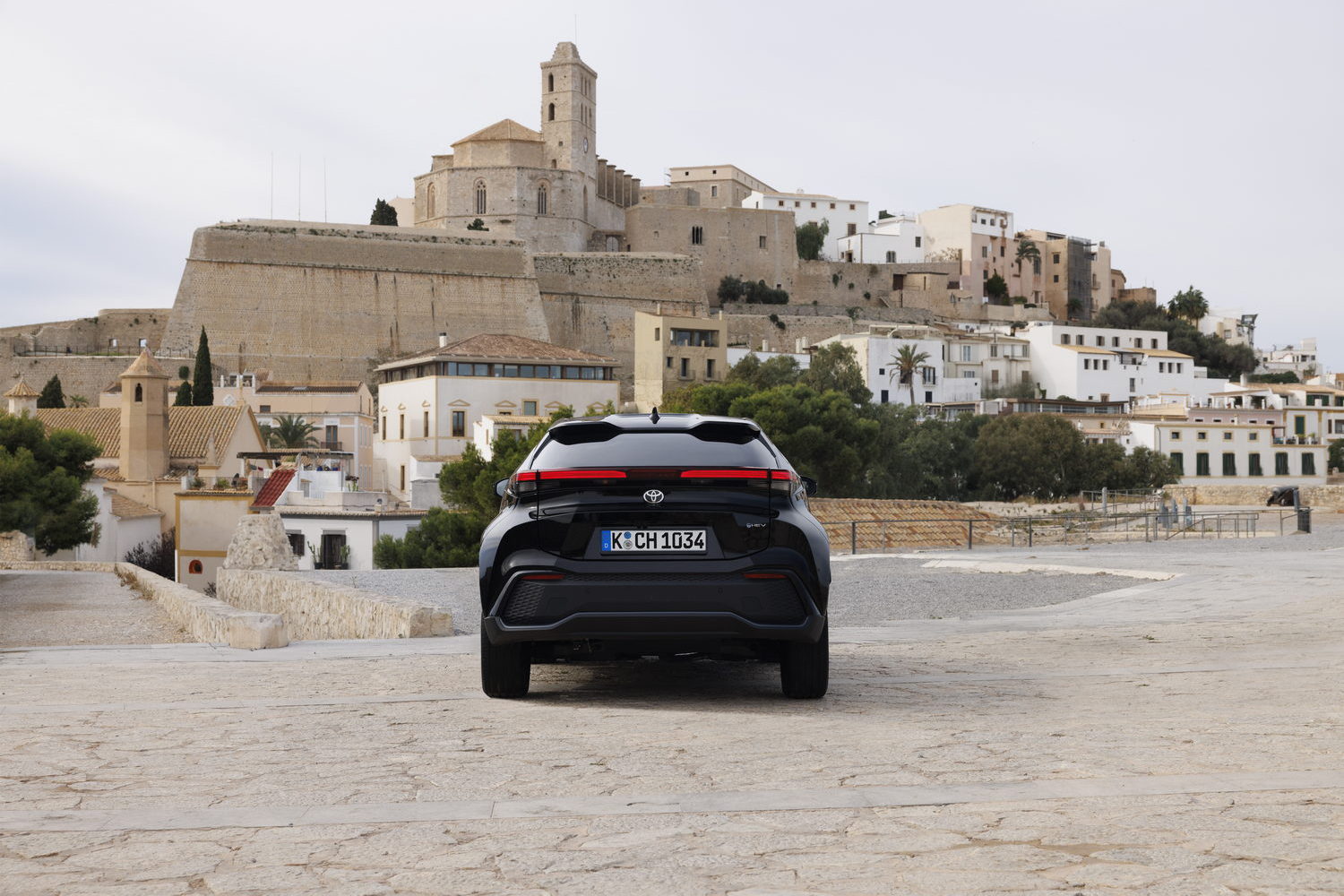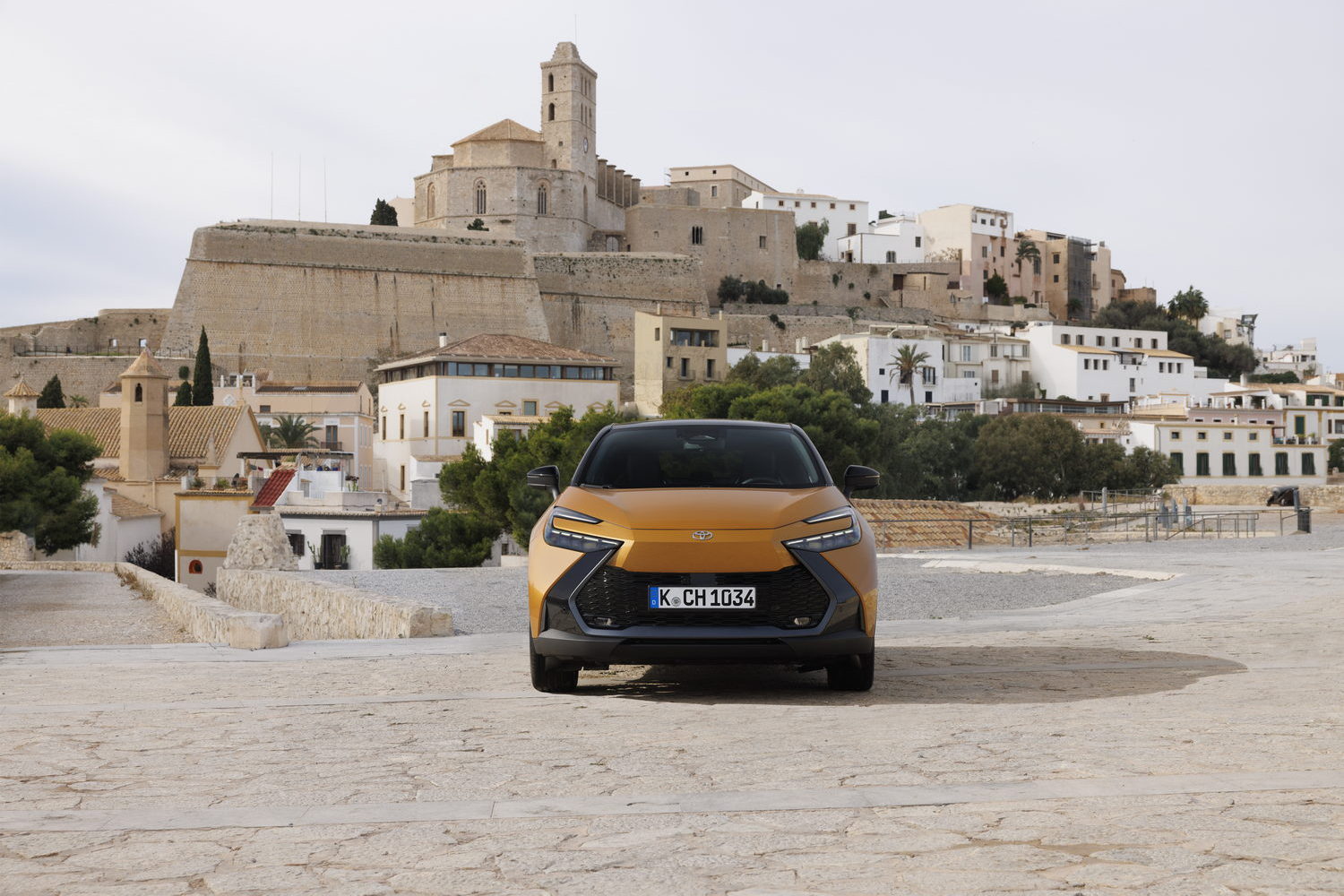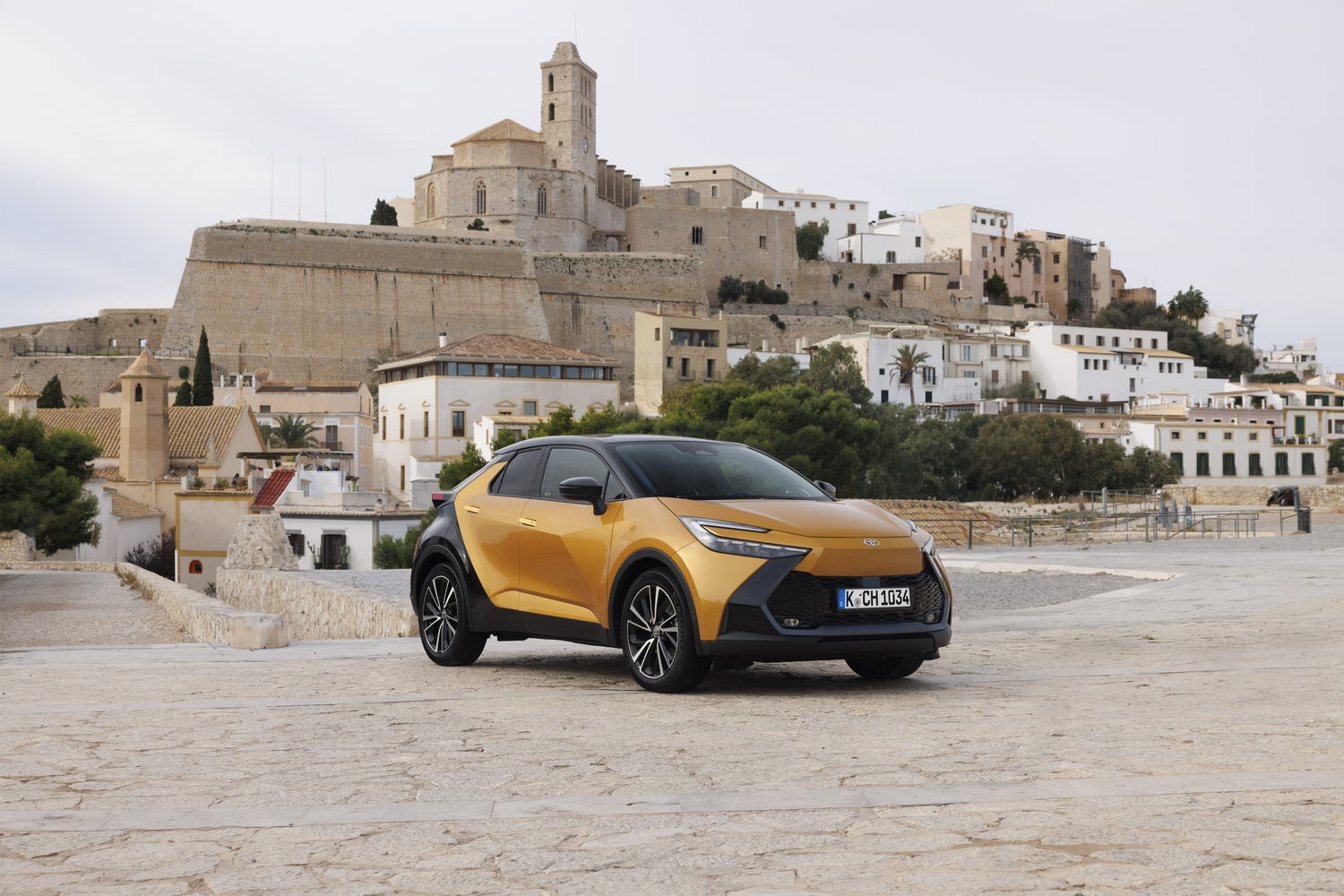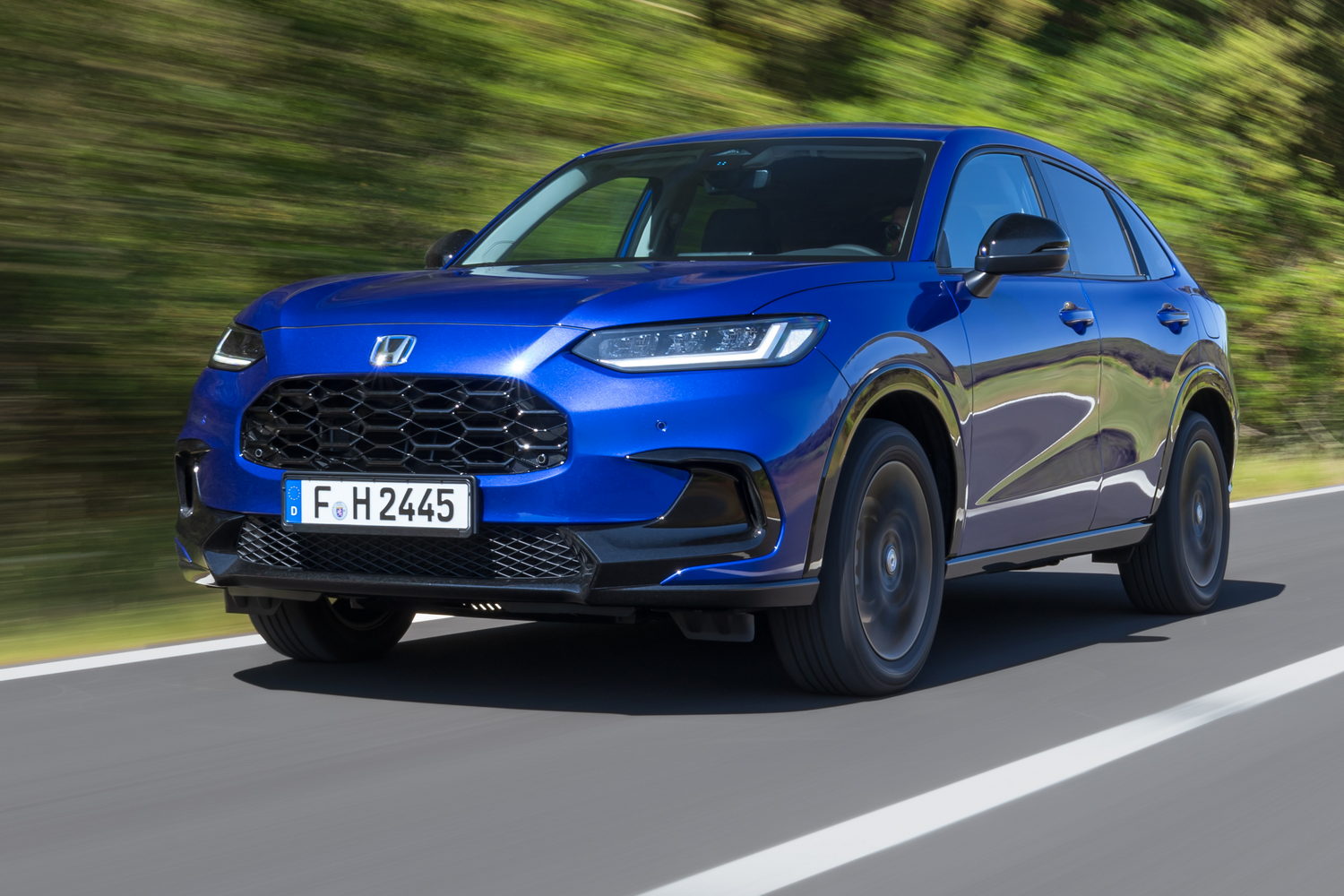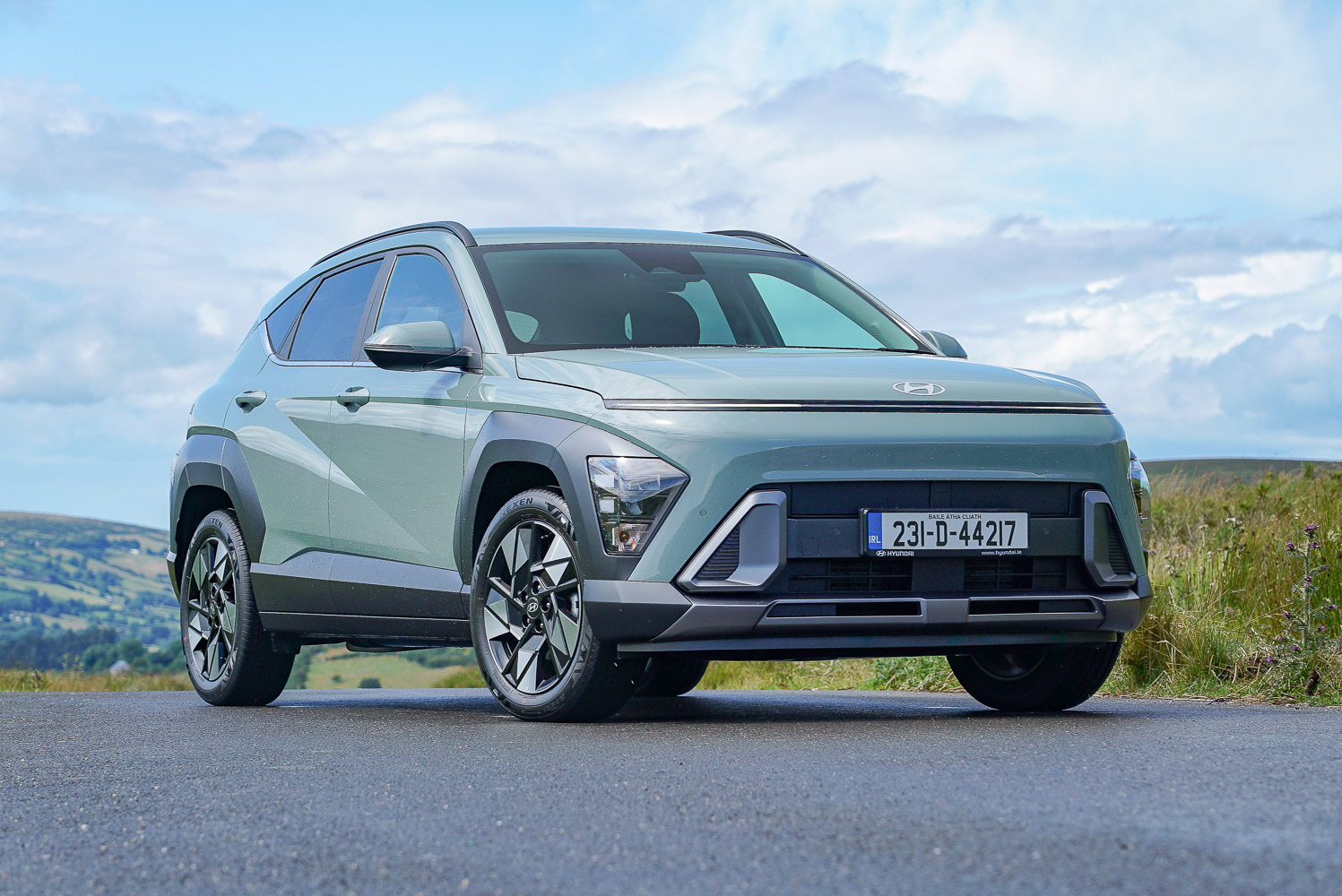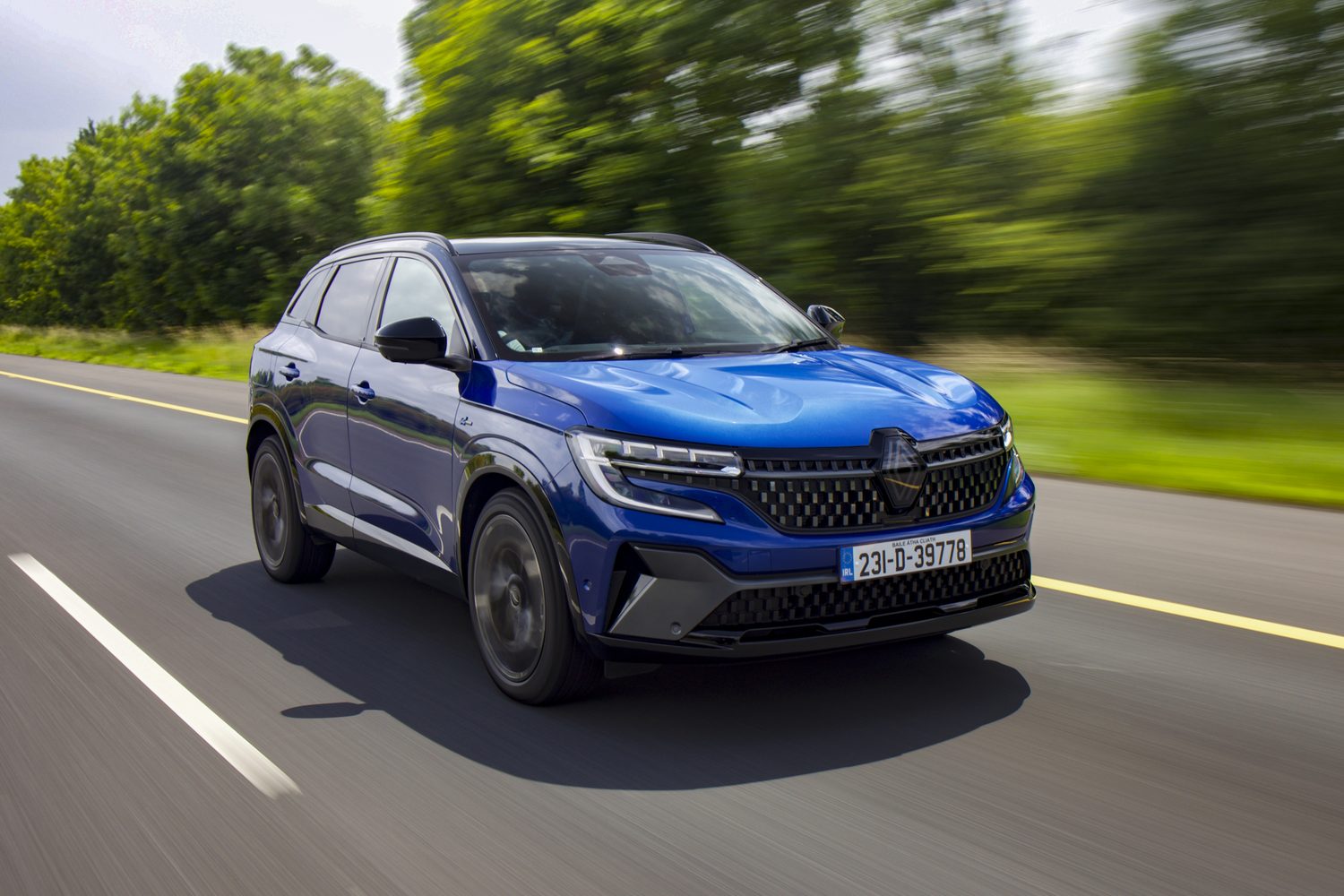Toyota's new C-HR can be had with a 2.0-litre hybrid powertrain in ritzy (and quite pricey) Premiere Edition specification. It has extra performance on its side, and it's no less efficient, but is it worth the upgrade from the regular 1.8-litre version?
In the metal
To differentiate this expensive, knocking-on-the-door-of-€50,000 C-HR Premiere Edition and the basic Sport model, the former gets 20-inch alloy wheels and the interesting contrast-black coloured rear end.
All the bodywork behind the back doors is painted in a glossy black, while the rest of the car retains its regular colour. It works best with a bright shade such as the gold-metallic 'Solar Flare' colour of our test car. It goes well with silver too, as it happens.
The black rear end gives the C-HR a slightly more technical look, and it really shows off the sharp angles of the trailing edges of the rear doors. It's asking a lot for a paint job to justify a price tag as lofty as this, but the C-HR almost manages it. The rest is as in all versions of the C-HR - it's very handsome and striking on the outside, with a high-quality interior.
The C-HR's cabin, in any form, is beautifully made and extremely comfortable in the front, but a bit dark and enclosing in the back. The boot is also not particularly big, and in this 2.0-litre-engined version, it's even smaller, losing 24 litres compared to the 1.8-litre hybrid's thanks to a chunkier battery and the need to package space for a rear-mounted electric motor for the four-wheel-drive version (not expected to be available to Irish buyers).
Toyota Ireland admits that few of these high-spec 2.0-litre versions will be sold here. The 2.0-litre engine is only available in this Premiere Edition version, and in the GR Sport, while the Sport, Sport+ and Sol cars only get the 1.8.
Driving it
There is one thing you can, unquestionably, say about the C-HR and it's that Toyota's engineers care about driving and your driving experience far more than those of most rival car makers. In fact, the only other compact crossover that I can think of that's as enjoyable as the C-HR from behind the wheel is the Ford Puma, and in comparing those two cars there are some trade-offs.
If anything, the Puma is even more fun, with sharper steering and faster responses. Against that, you need to weigh the fact that the C-HR is more refined, feels like a more premium product and also feels (and is) the larger, more substantial car.
Through a series of tight mountain-road switchbacks, the C-HR feels responsive and agile, but some lumps and bumps catch it out. That's in spite of some clever dual-load-path dampers, which can alter their stiffness according to load, without the need for electronic control. They're only fitted to this Premiere Edition version and the GR Sport. Without question, the big 20-inch alloys play a significant part here, so stick with the standard 18-inch rims if you can.
What of the 2.0-litre engine? Well, on the plus side it's every bit as economical as the 1.8. Officially, only 0.1 litres per 100km separates the two on paper, and just 3g/km of CO2 emissions for that matter, and in the real world so it proves. Over the same test route, we recorded the same 4.6-4.7 litres per 100km in the 2.0-litre as we did in the 1.8.
However, in spite of a 0-100km/h time that's almost a full two seconds quicker than that of the 1.8, it's hard to justify the extra expense of buying - if not running - the 2.0-litre model. Sure, 197hp sounds way better than 140hp, as does the extra torque from both engine and electric motor, but to be honest, on the road and in real-world conditions, the gap is wafer thin. To really get at the extra performance, you have to have your foot firmly planted to the carpet. Admittedly, the extra torque means less need to rev the engine, but the 1.8 does the job just as well in all but a tiny handful of circumstances.
What you get for your money
To get the 2.0-litre hybrid engine, and the fancy Premiere Edition spec, you're going to have to spend €49,940. That's enough to put you in a well-specified RAV4 Sol, with a bit of change left over, so the C-HR is asking a lot for its sharp styling and enjoyable driving experience. Premiere Edition trim comes with some impressive equipment, including the bi-tone black paint, a head-up display and synthetic leather upholstery, but you could save yourself €4,000 and get the very-well-equipped C-HR Sol with the 1.8-litre engine, and all you're really missing out on is the black backside.
Summary
Once again, Toyota's long-serving 1.8-litre hybrid engine proves that it has the measure of even its own in-house rivals. The 2.0-litre hybrid in this C-HR Premiere Edition is an excellent engine in isolation - plenty of poke, not much fuel used, only minor refinement issues - but against the all-round competence and affordability of the 1.8 it has no answer. It doesn't help that the Premiere Edition is so expensive, pushing it into competition with much larger, more practical rivals. The C-HR is still exceptionally handsome and better to drive than most of the competition, and really quite desirable by crossover standards. But get the 1.8.

